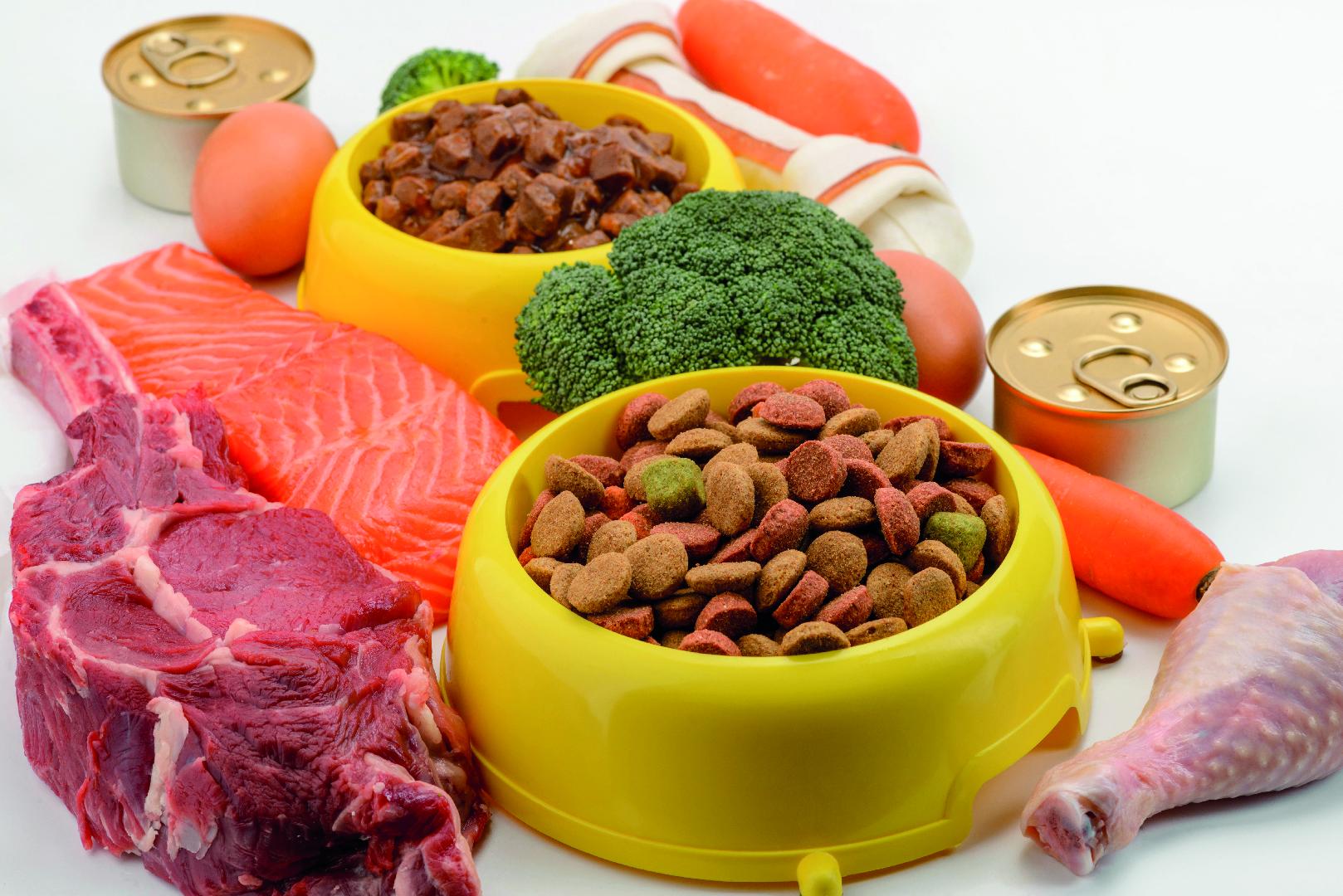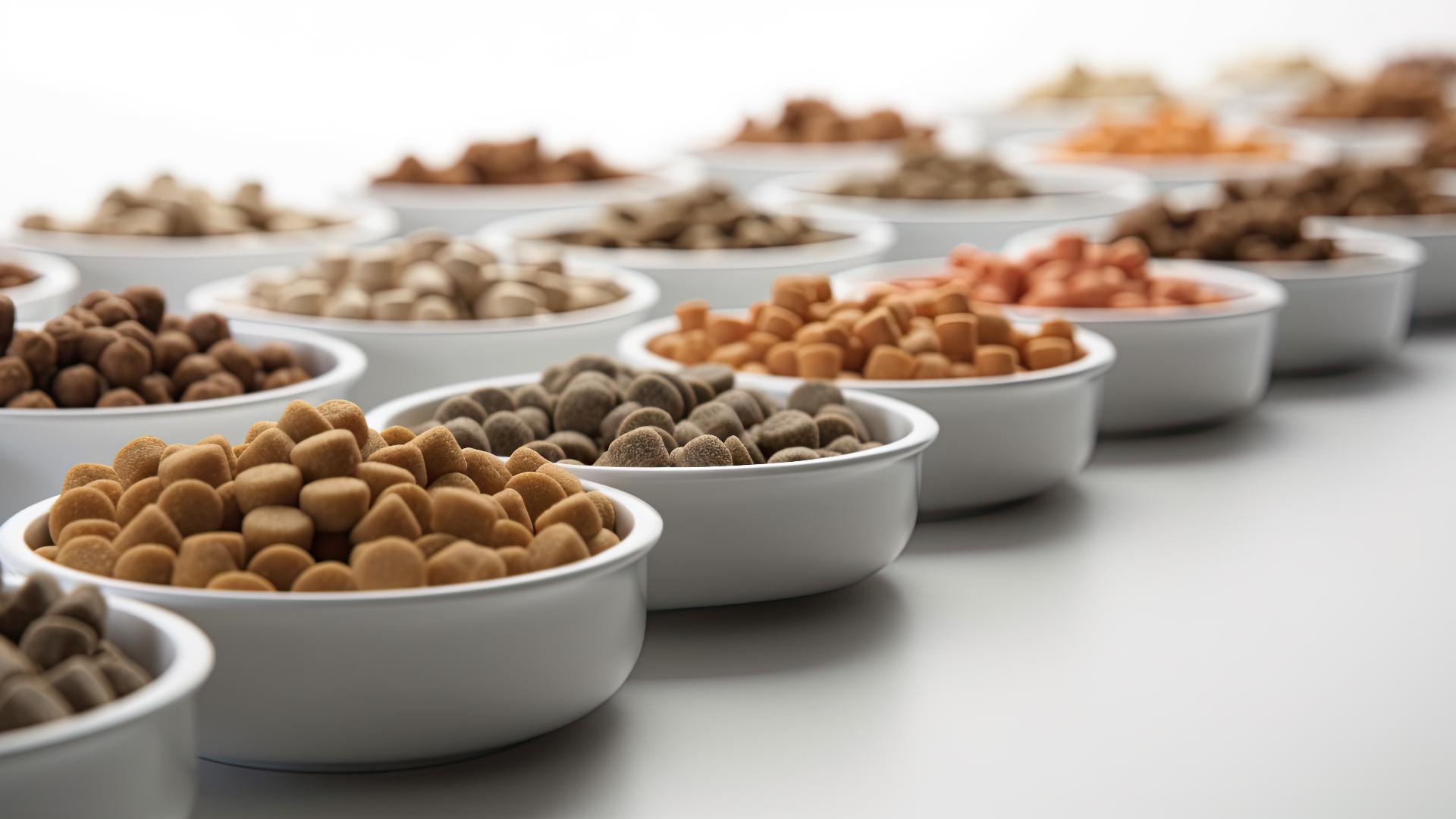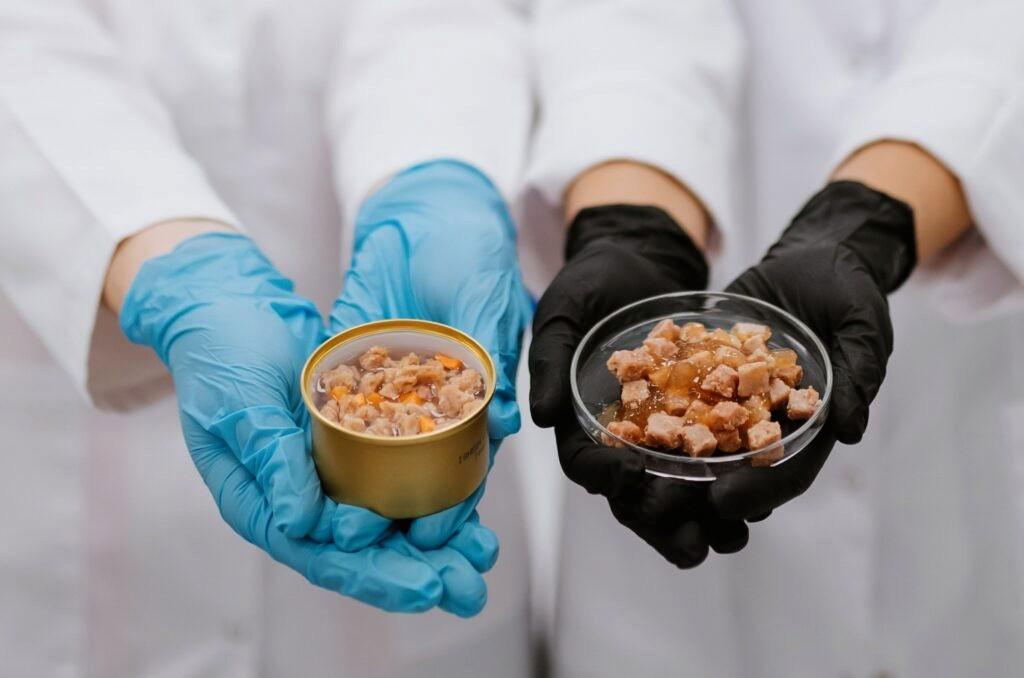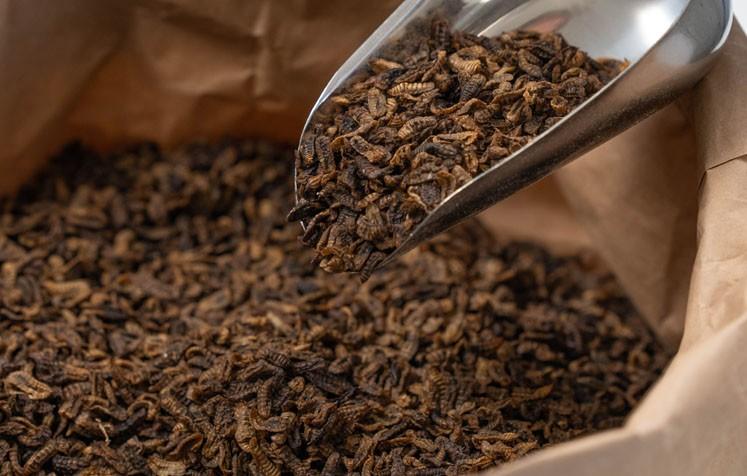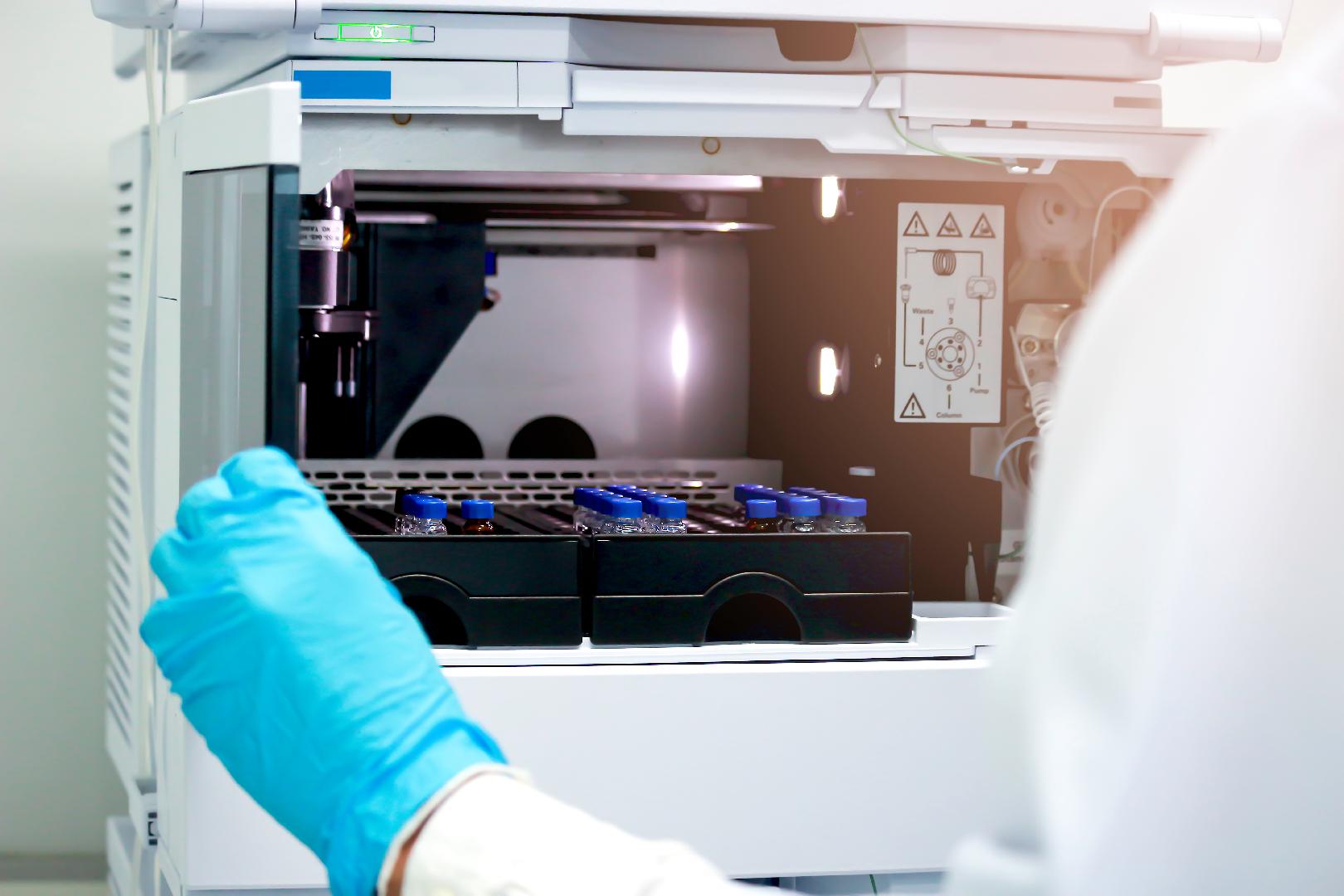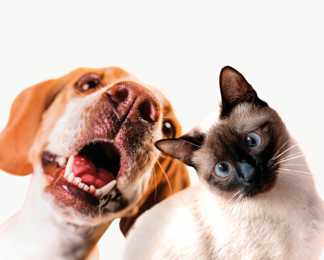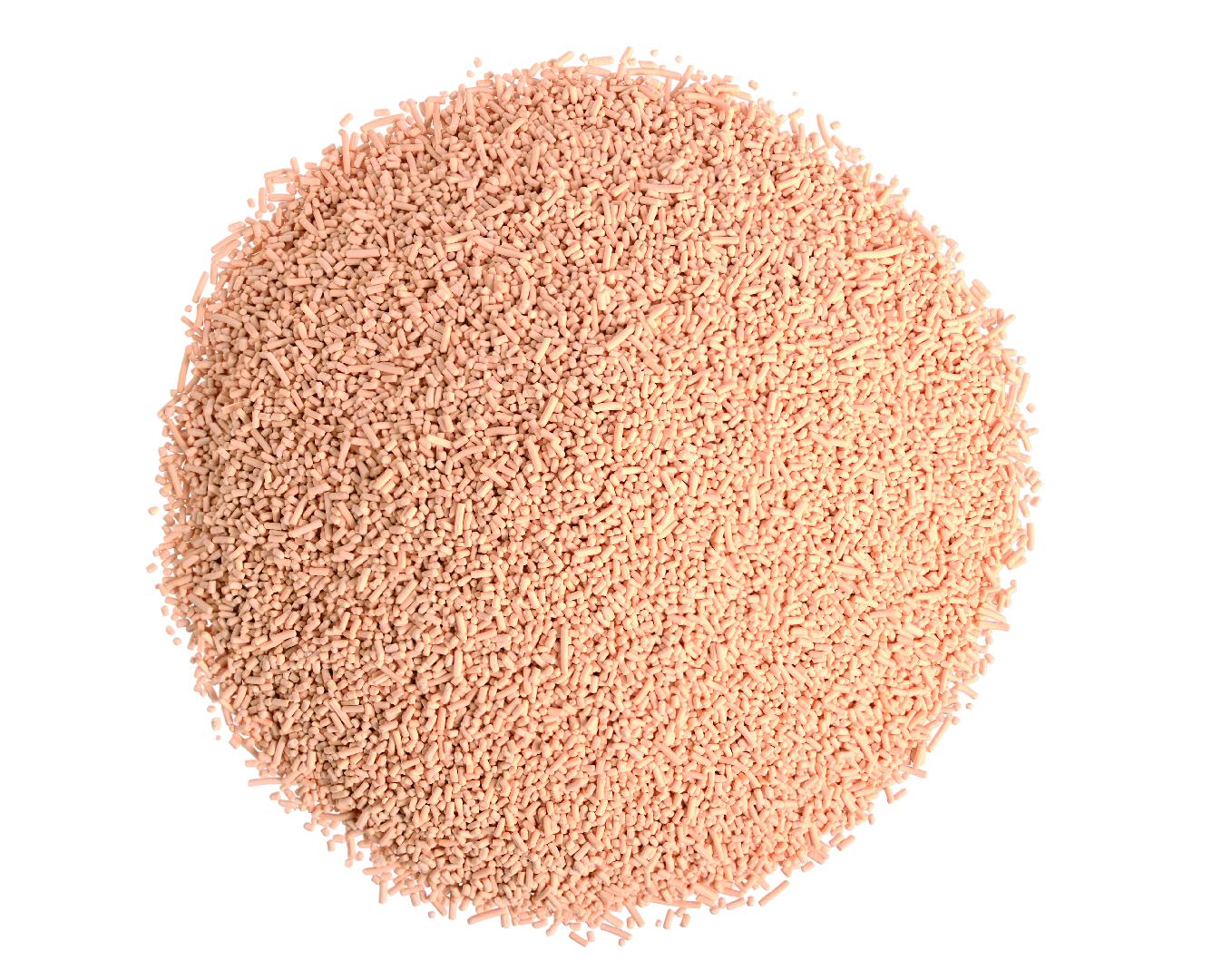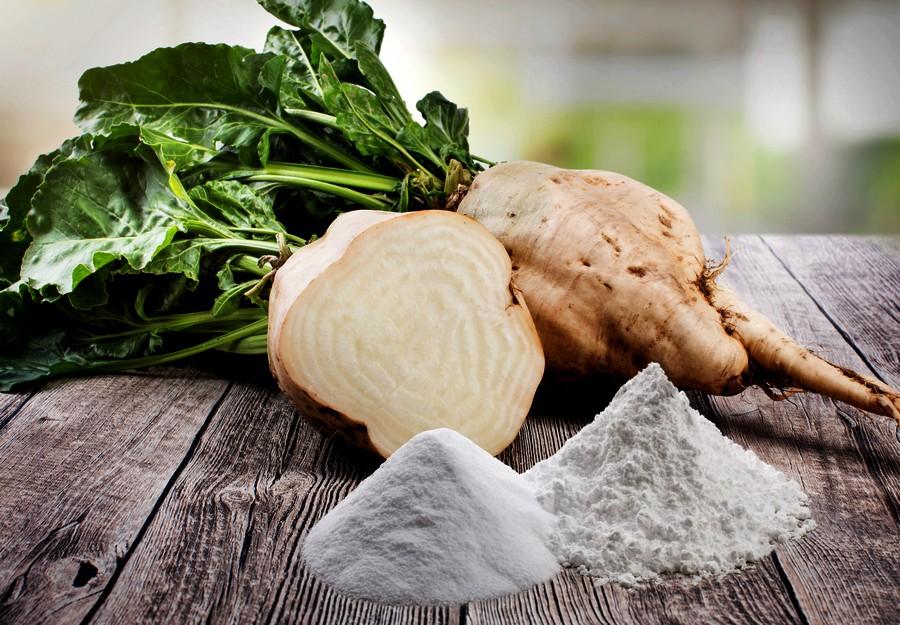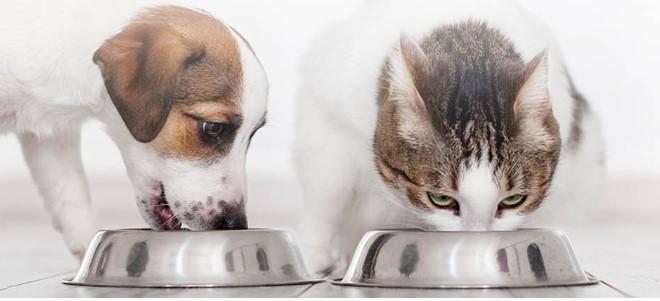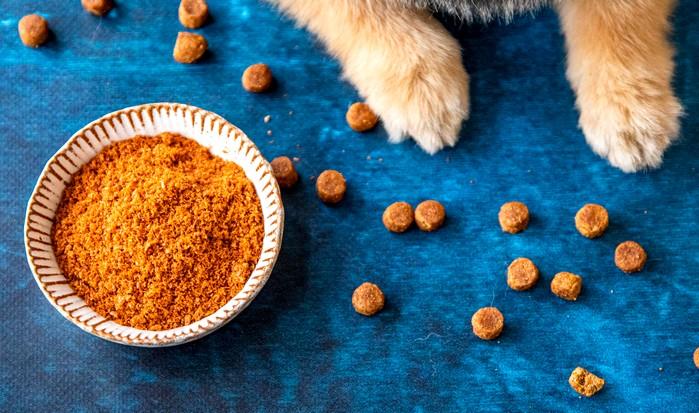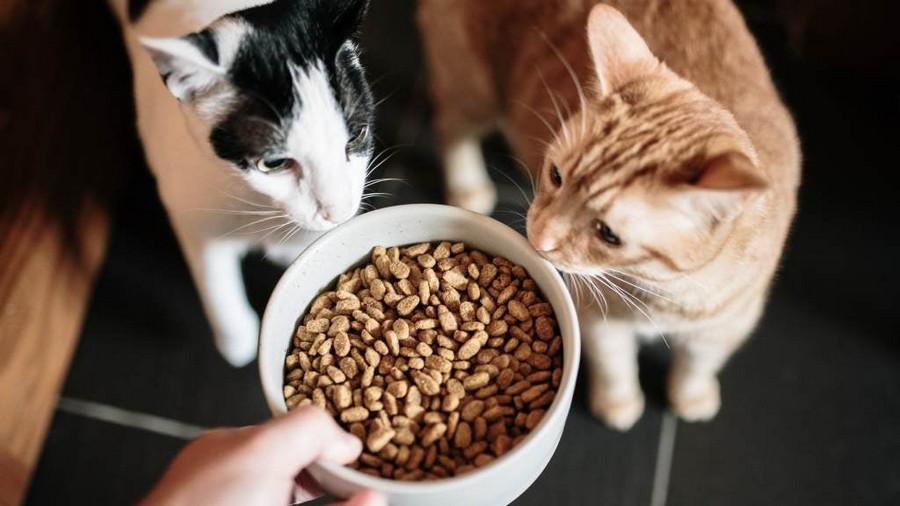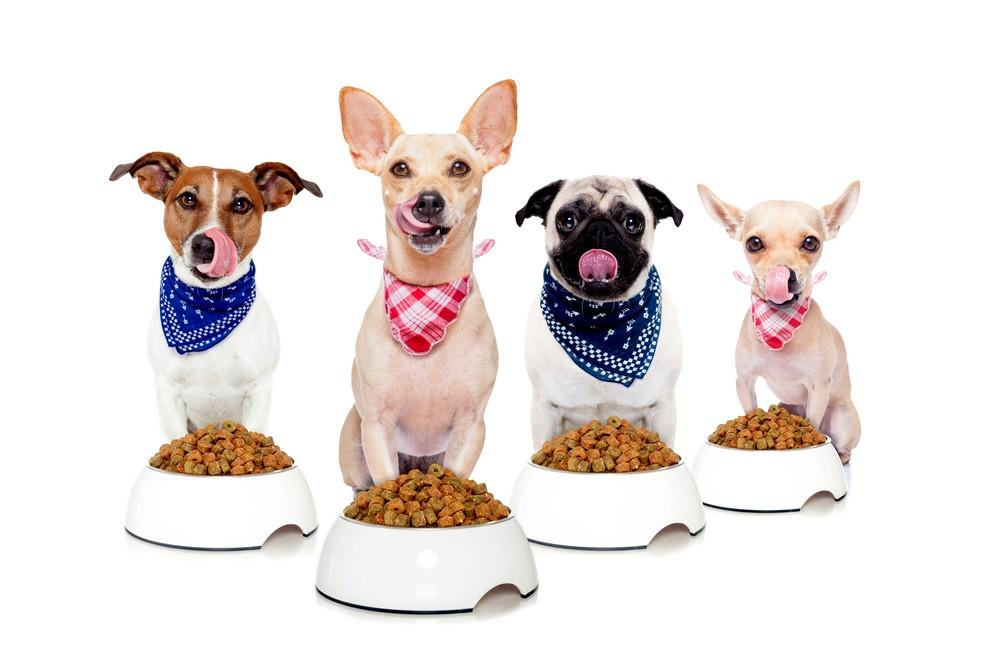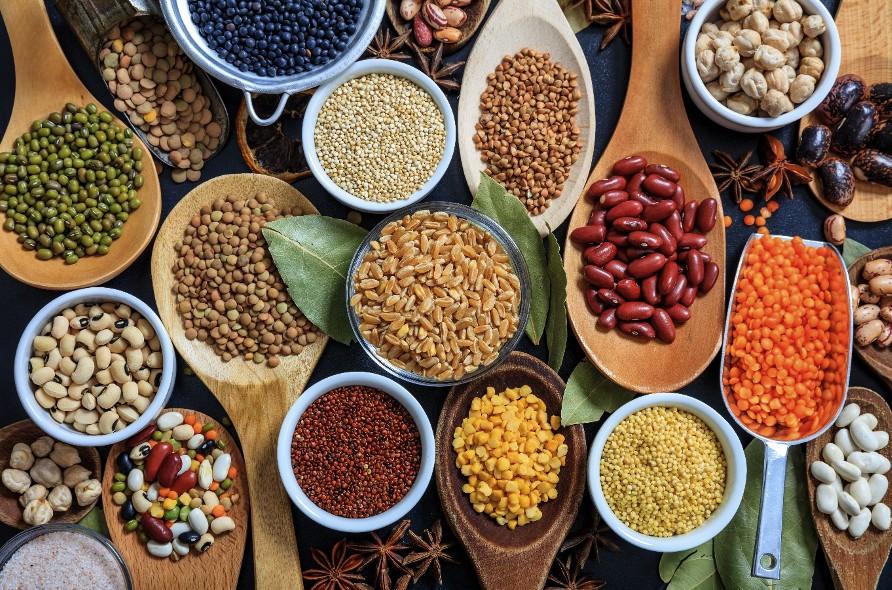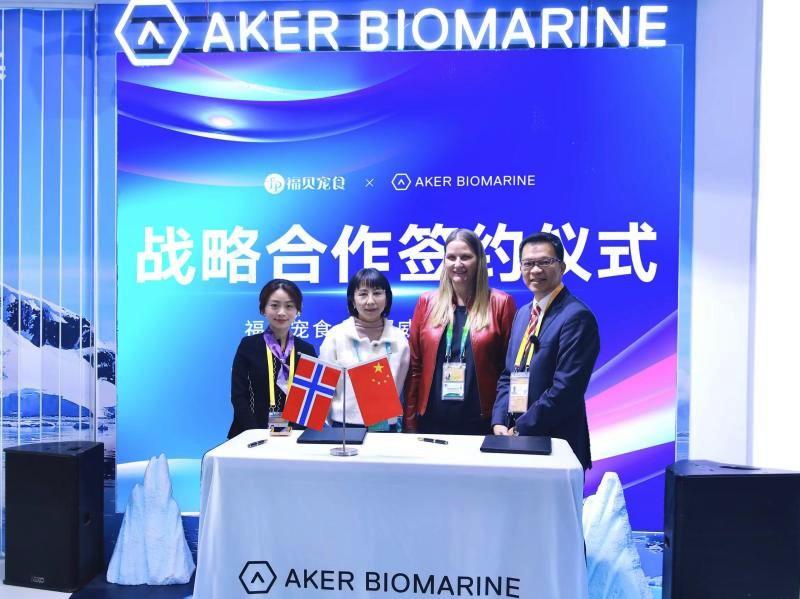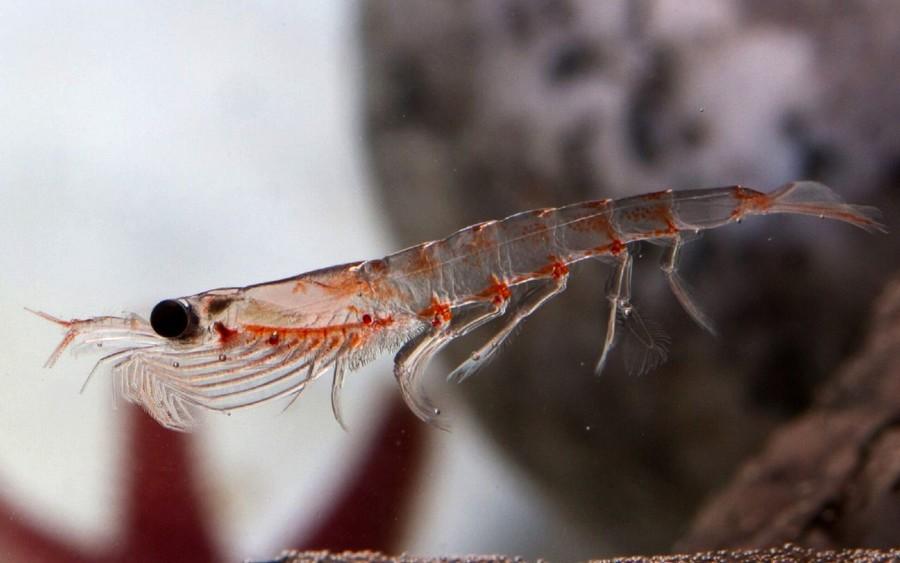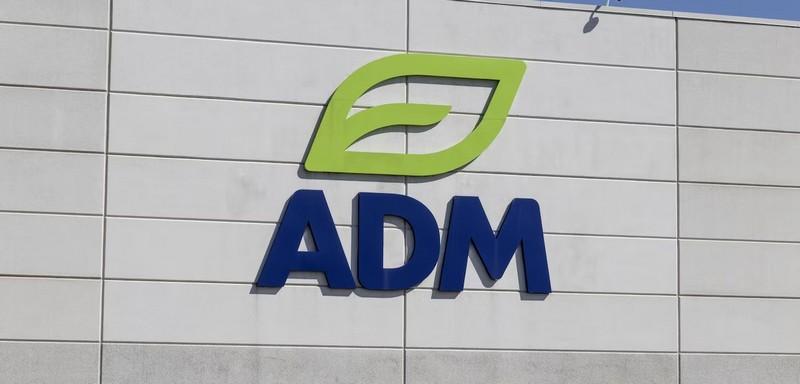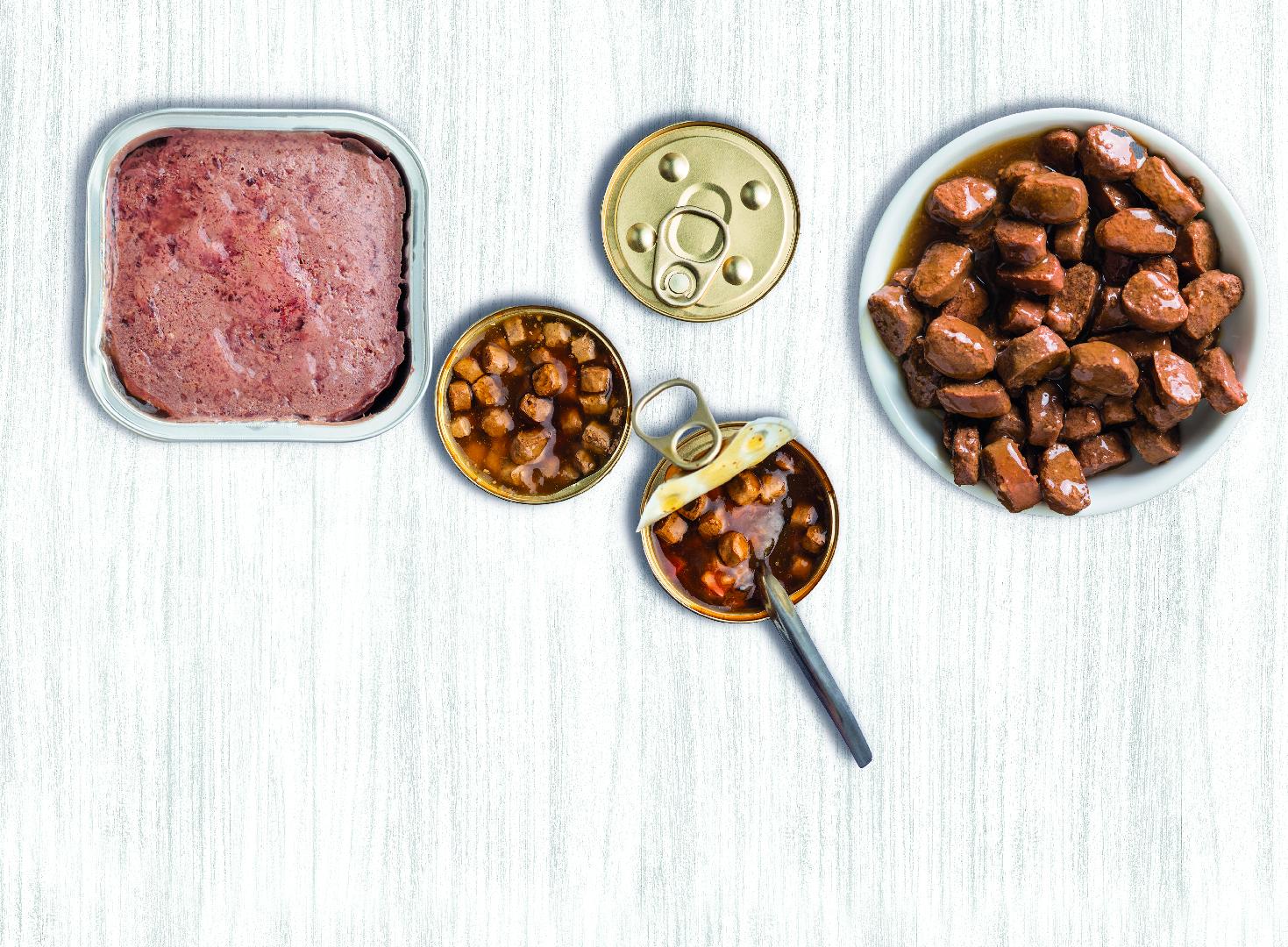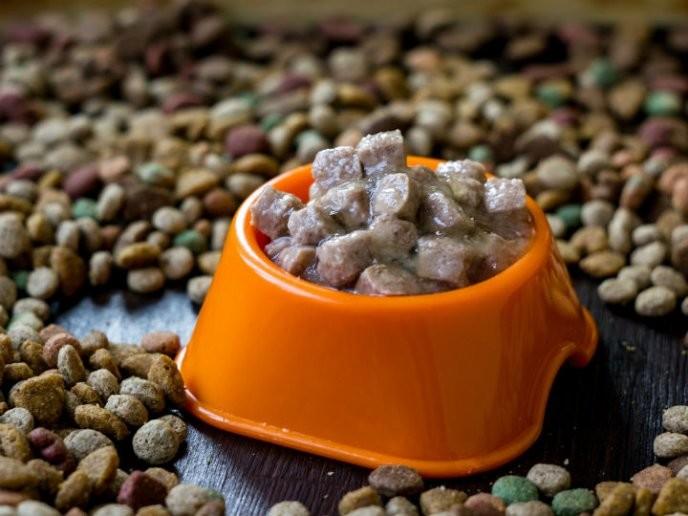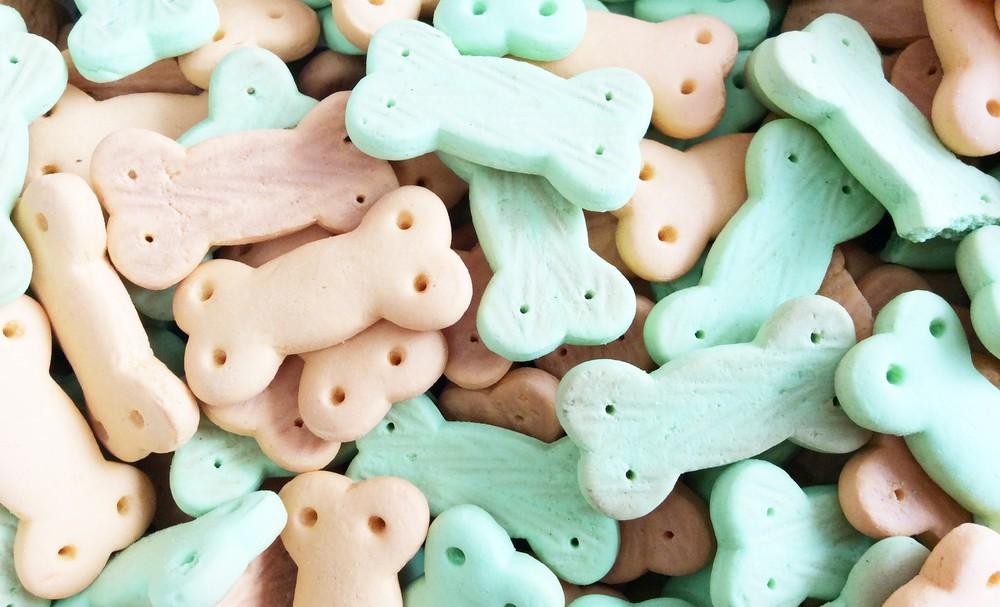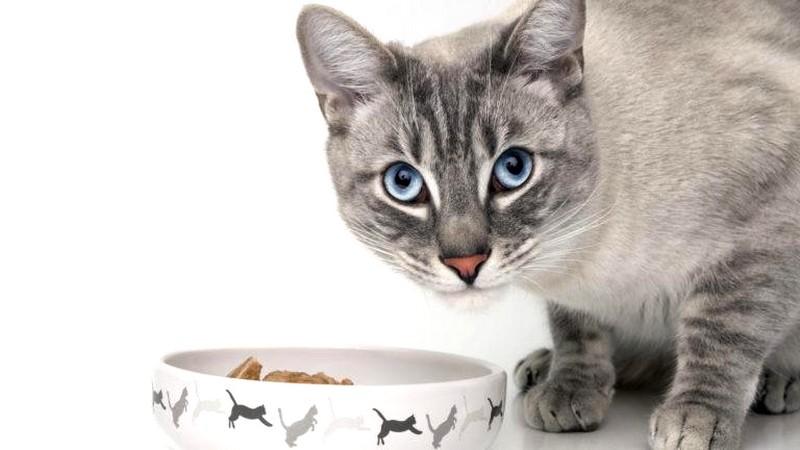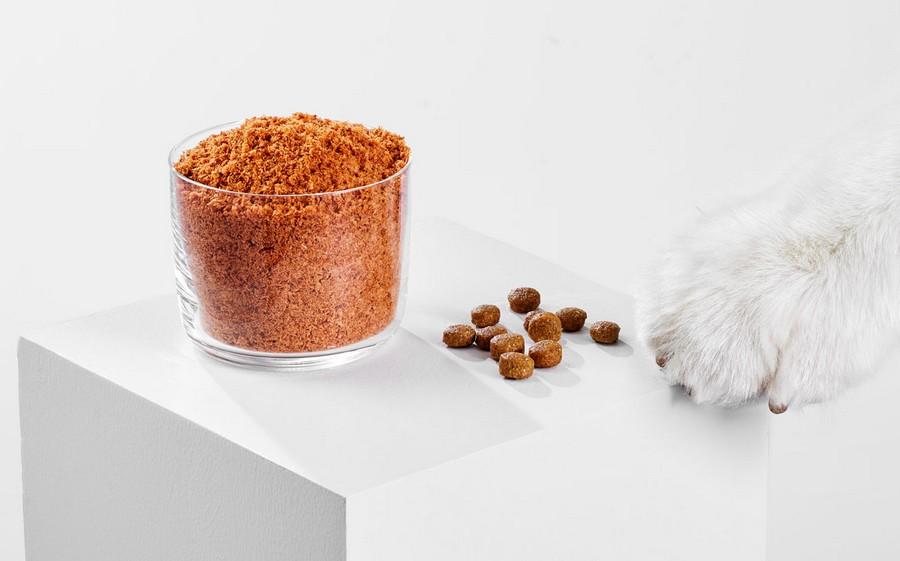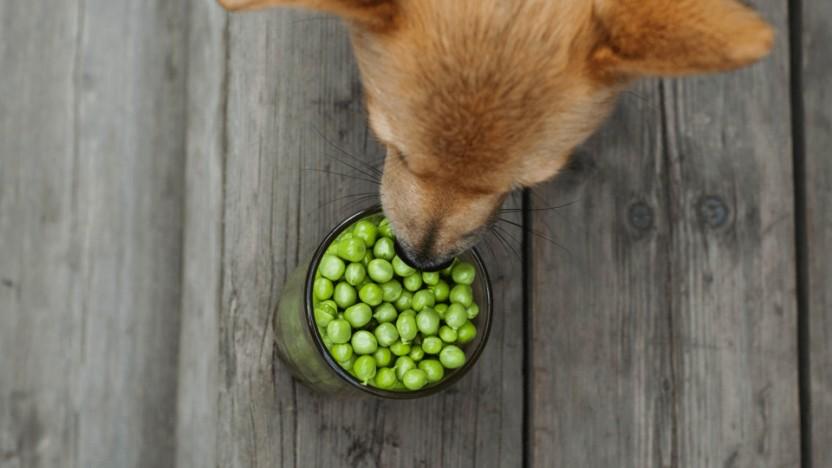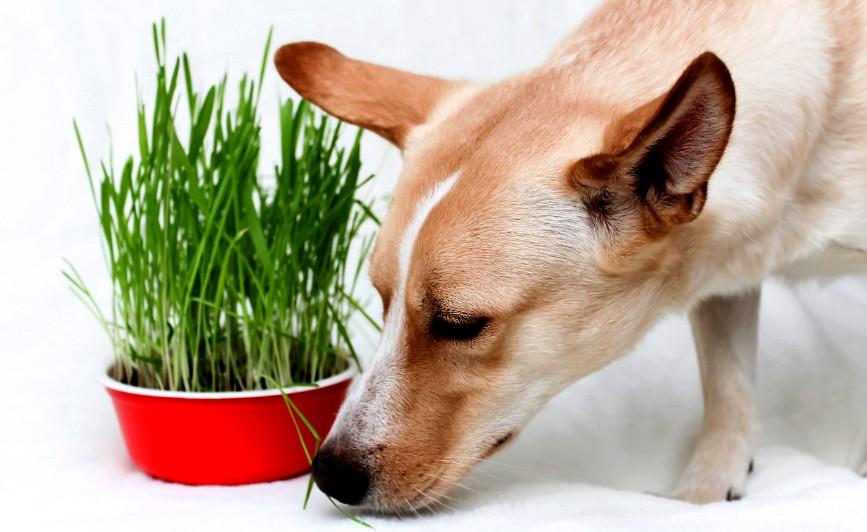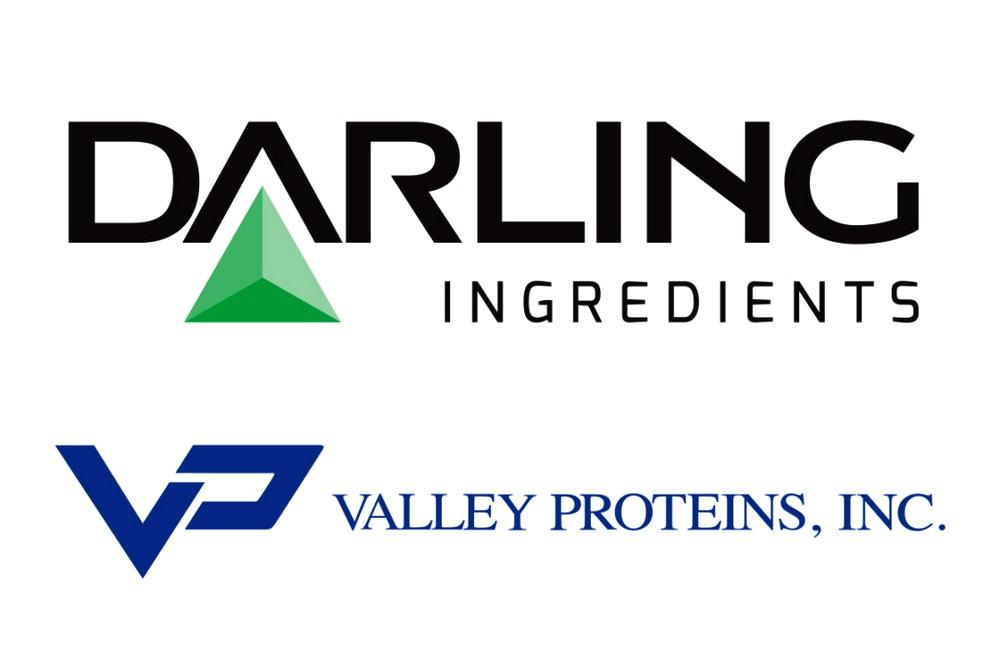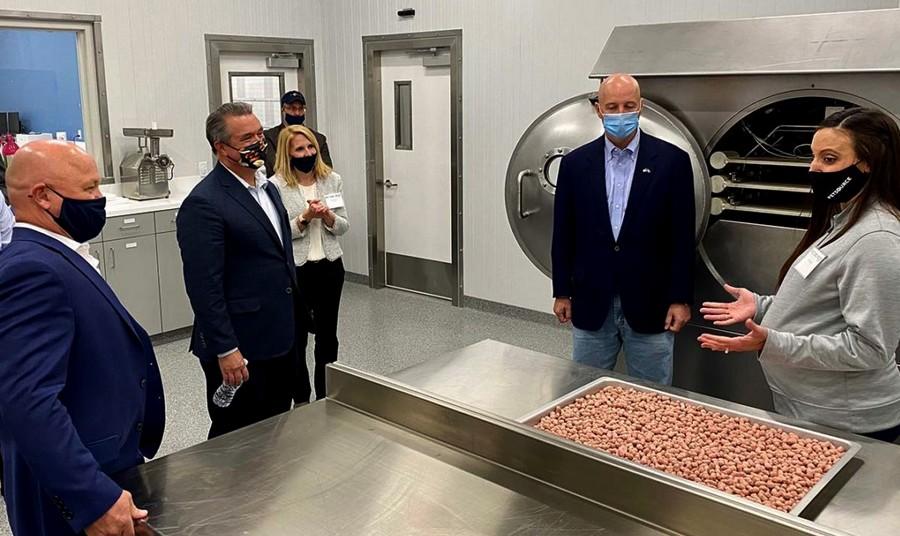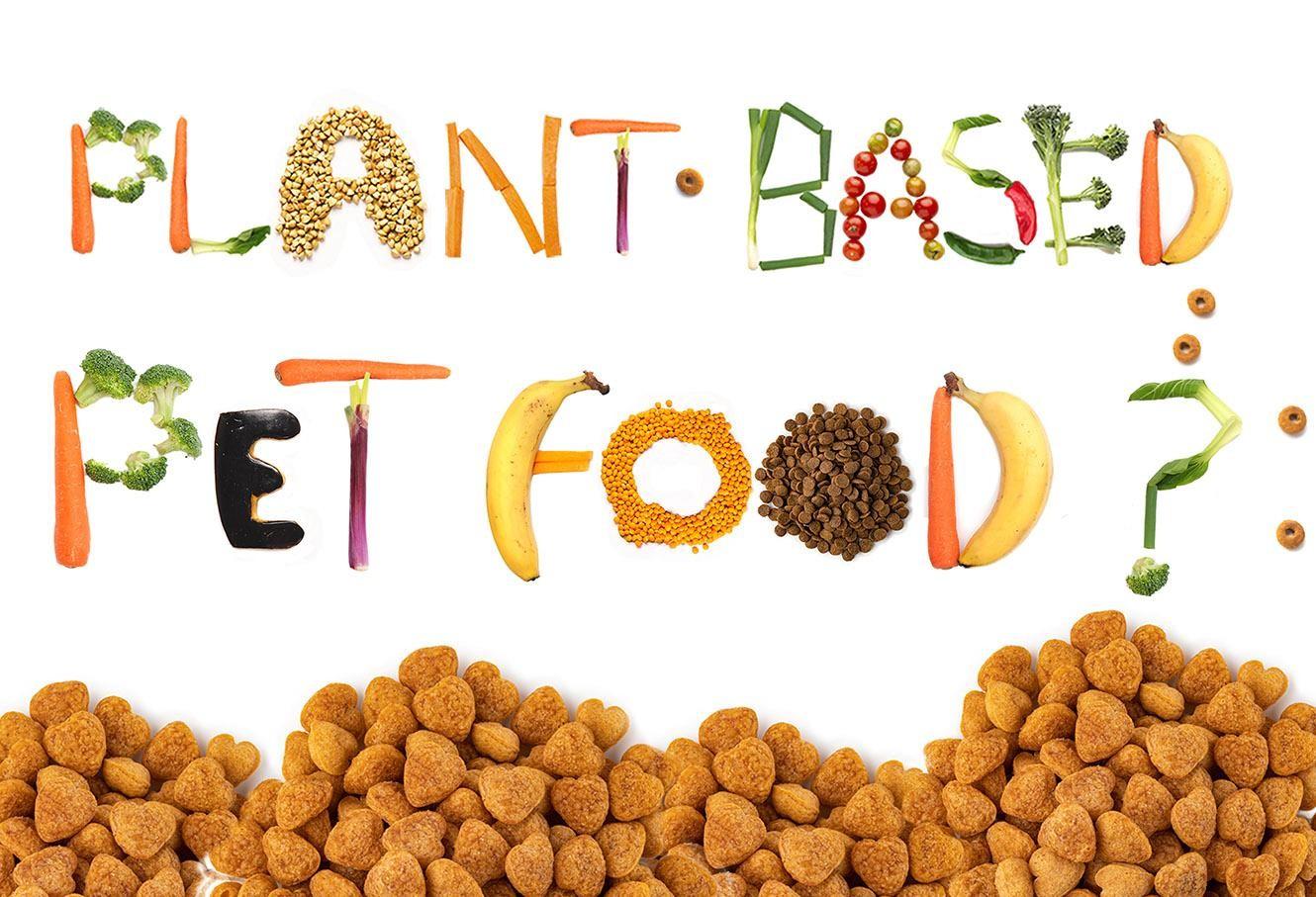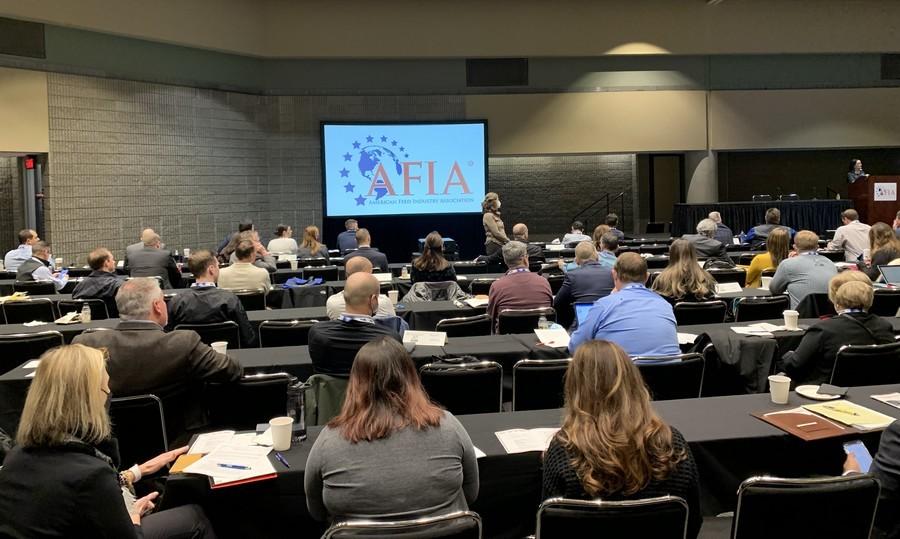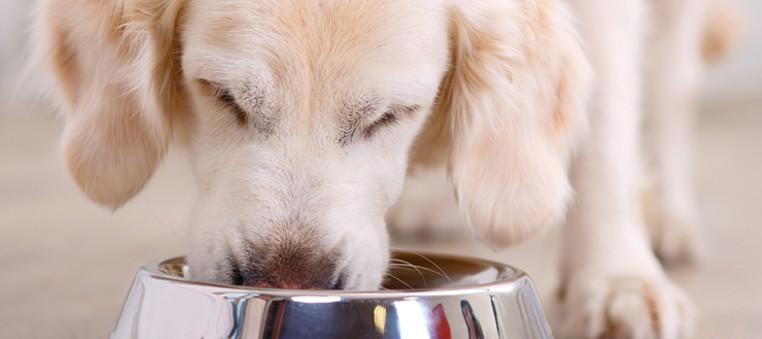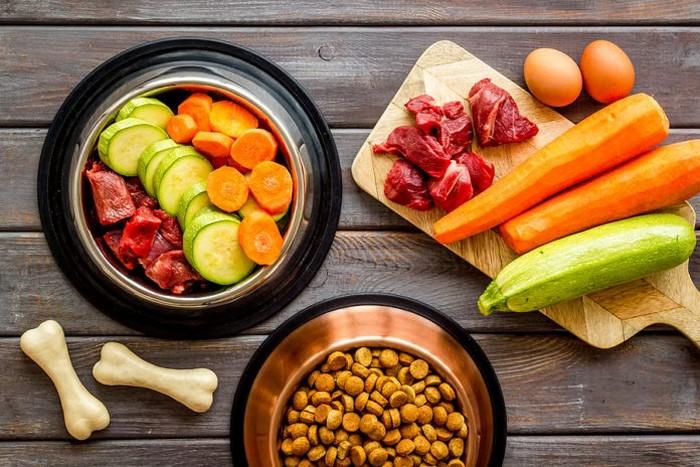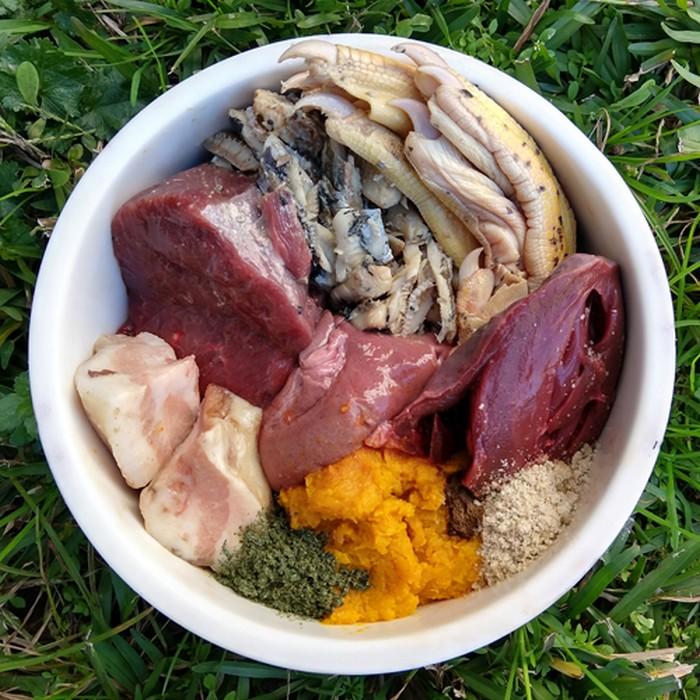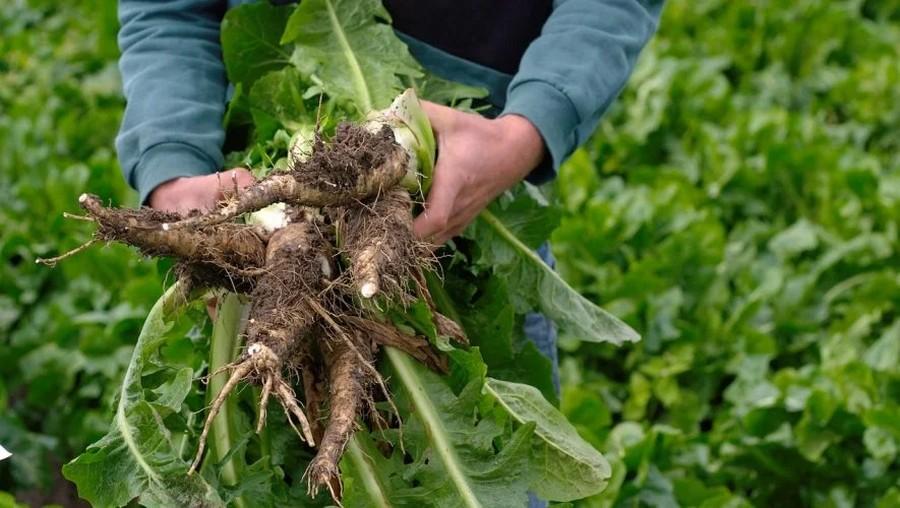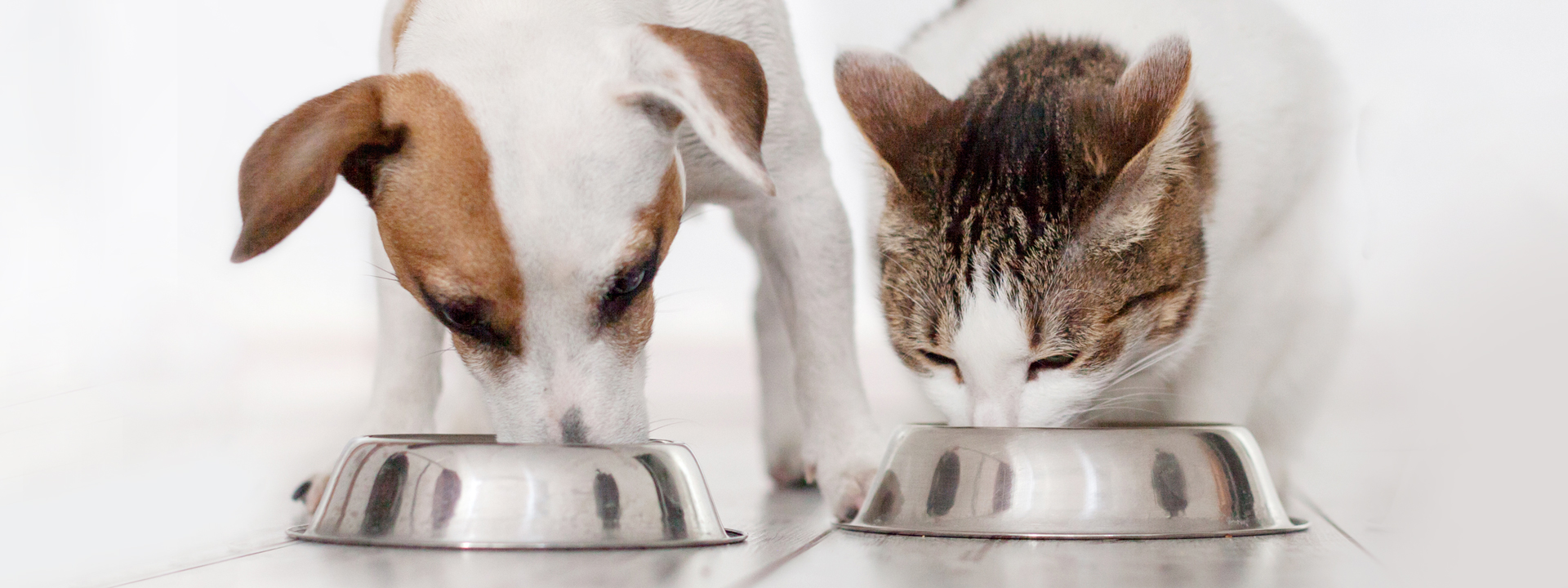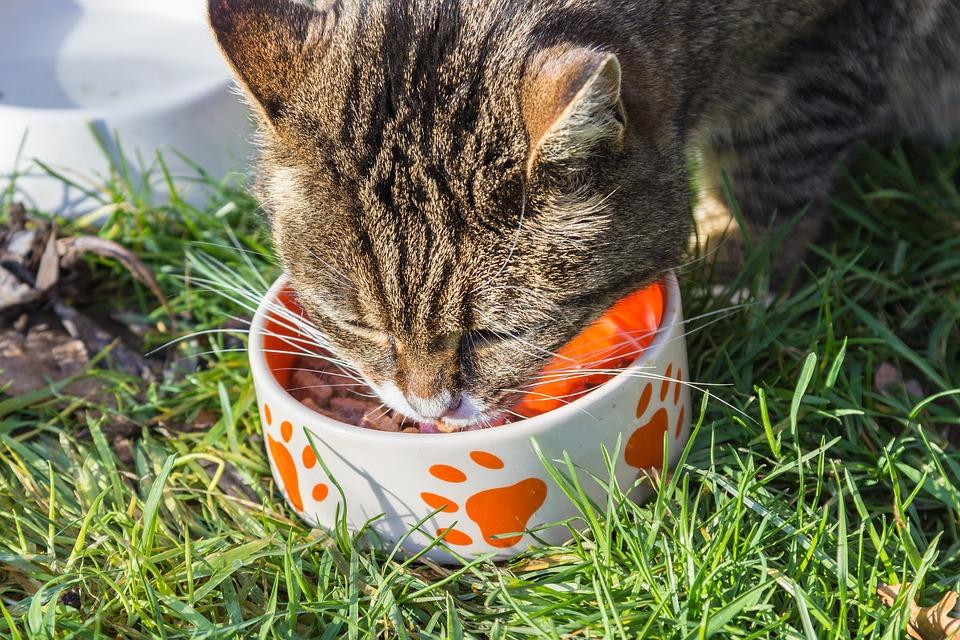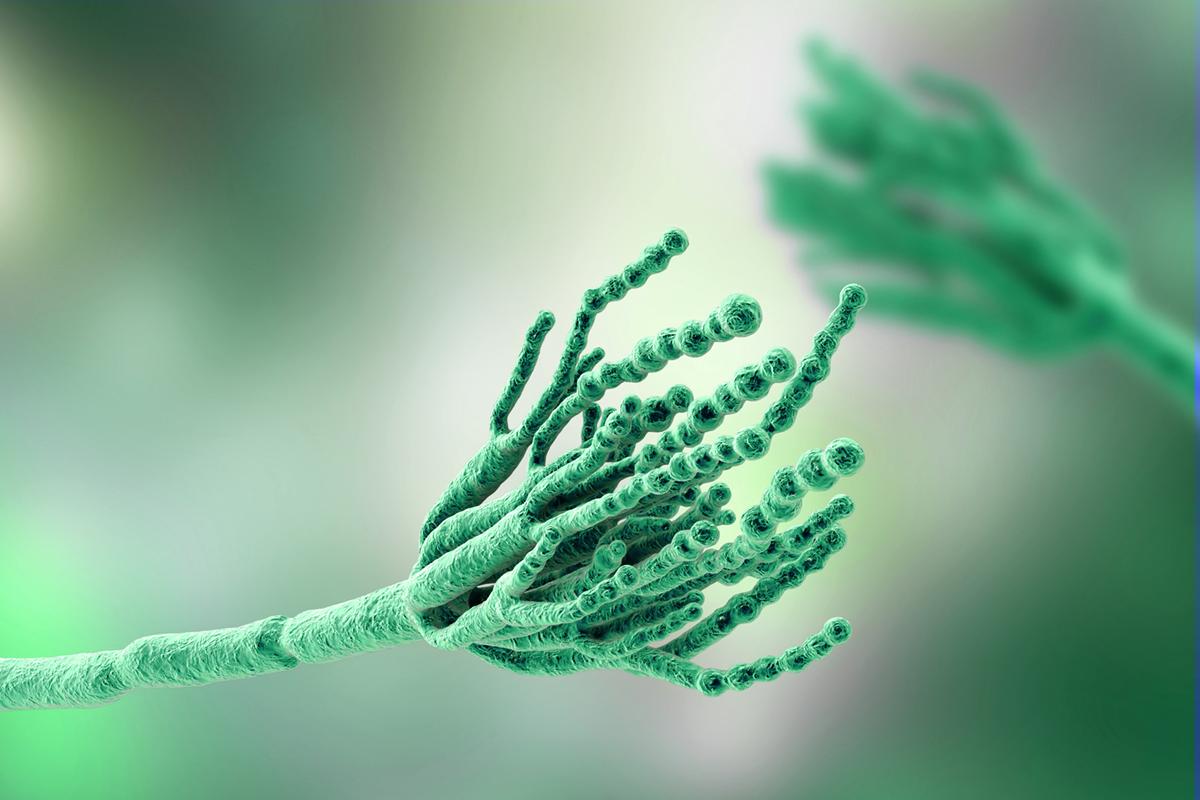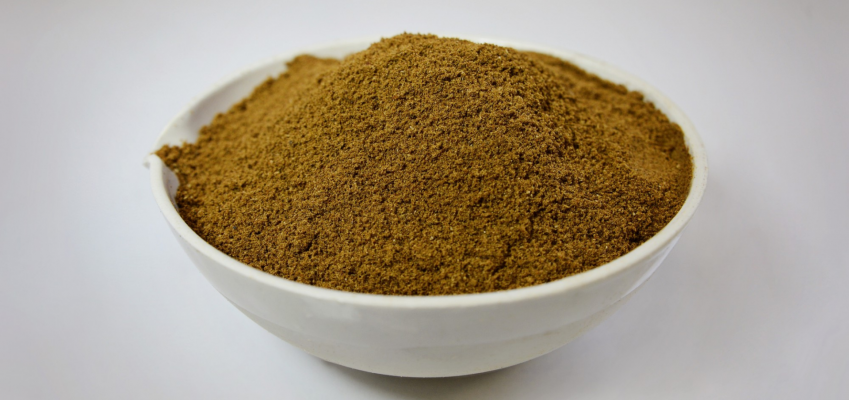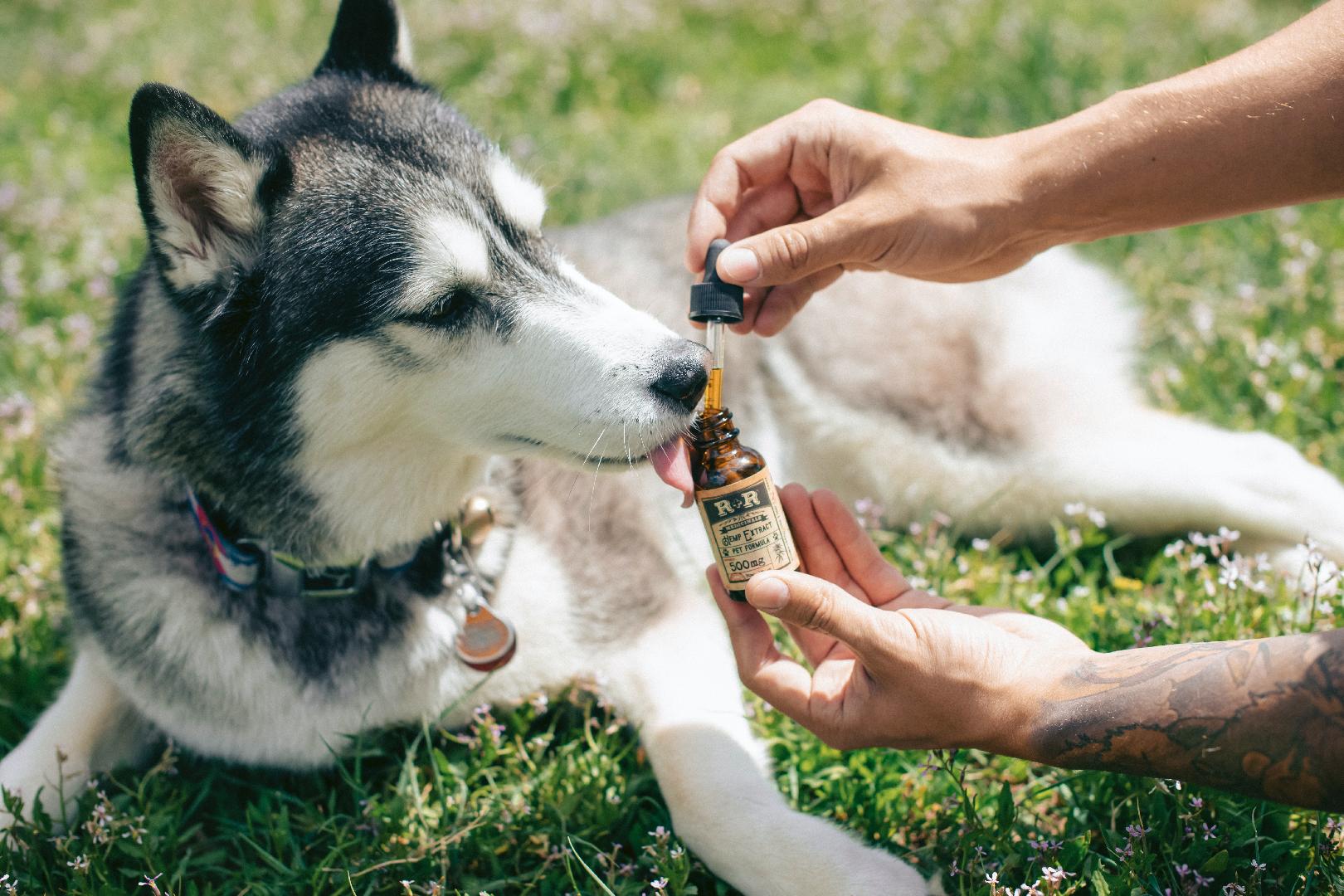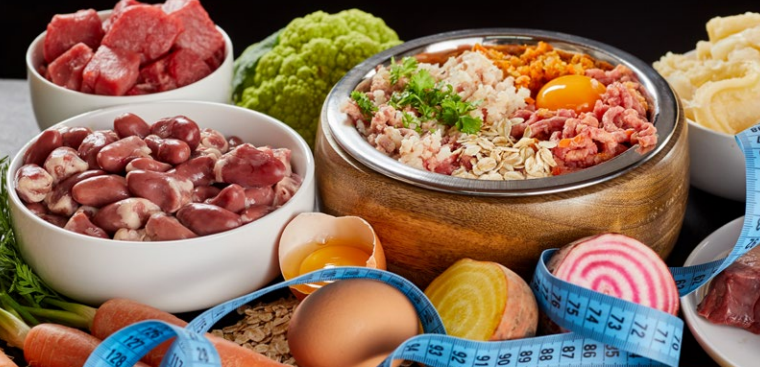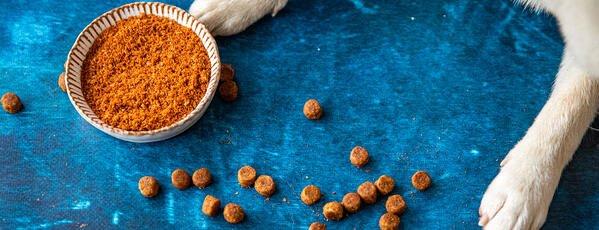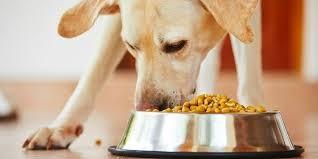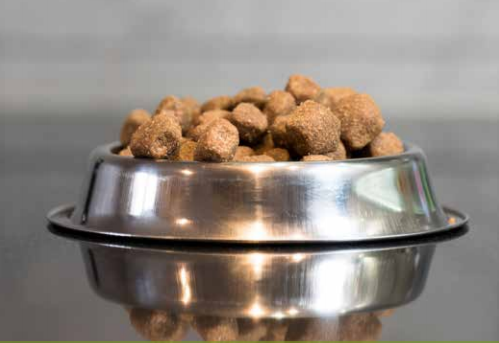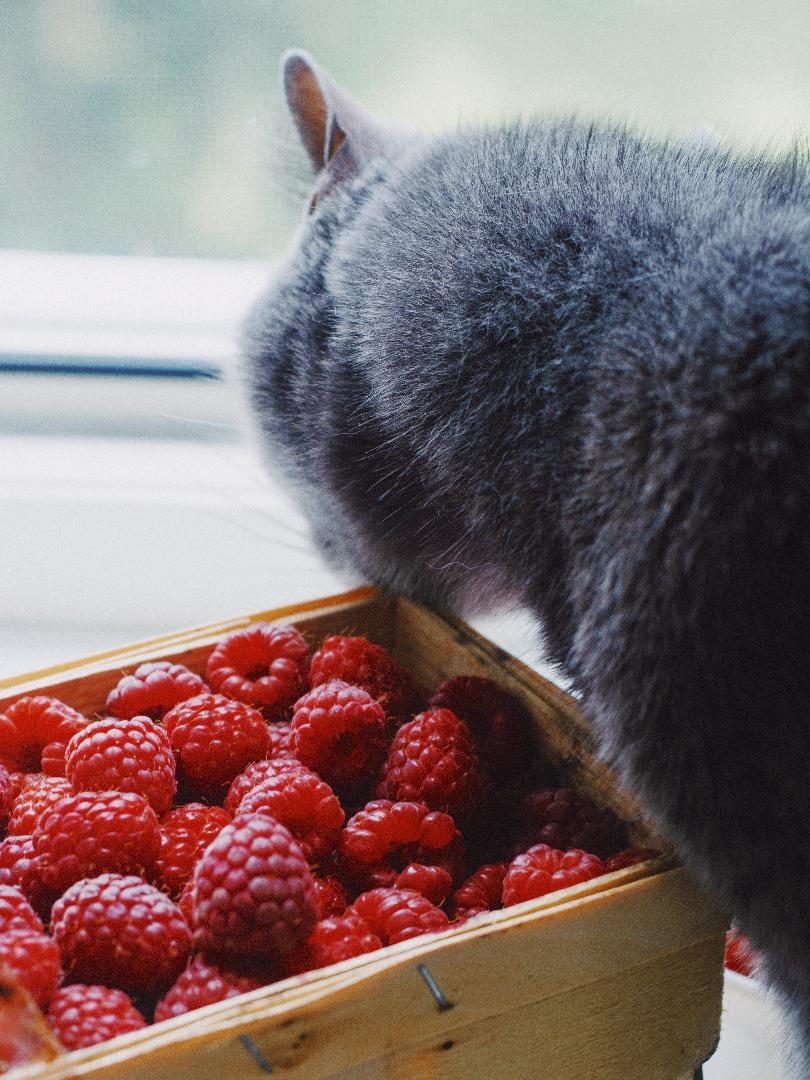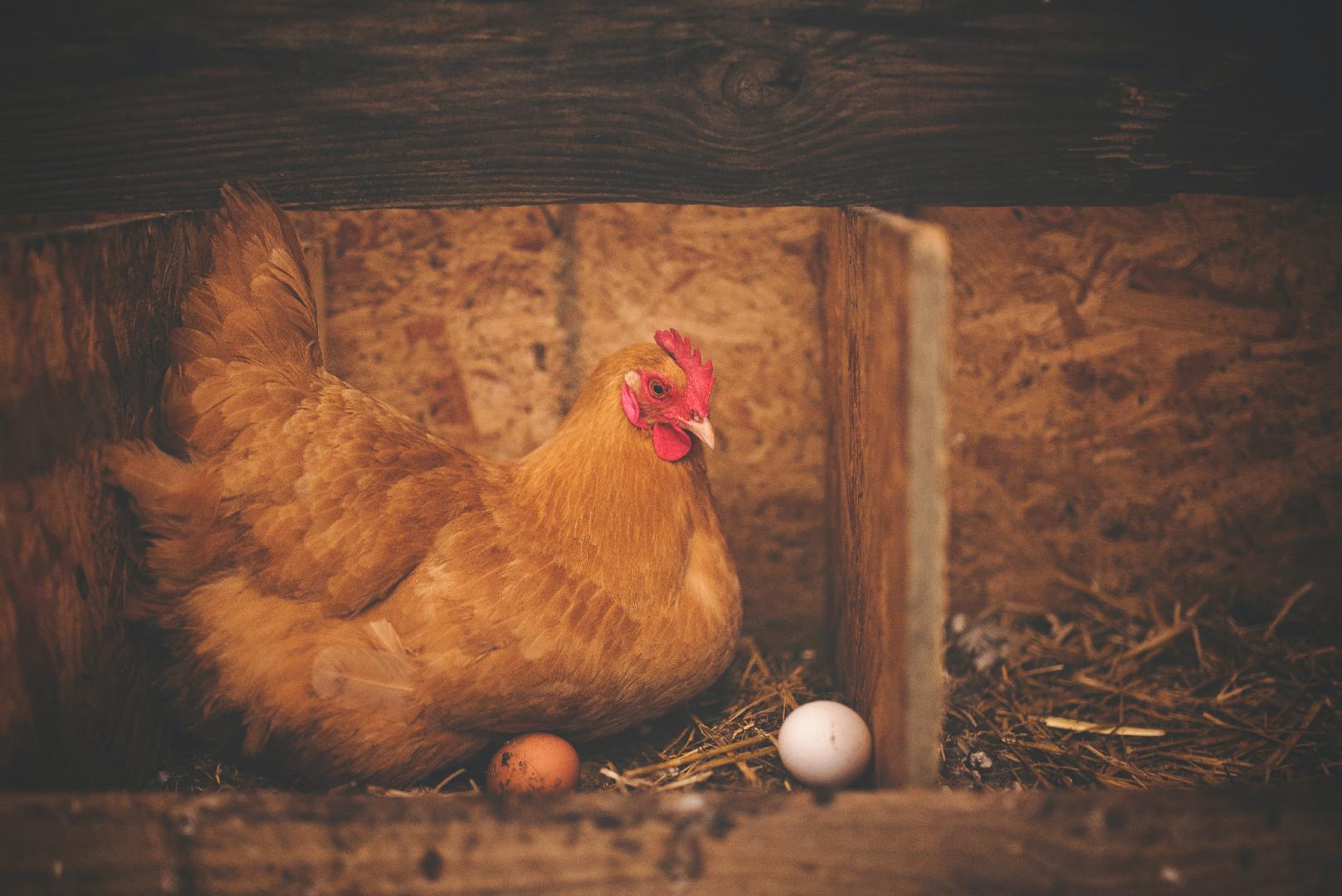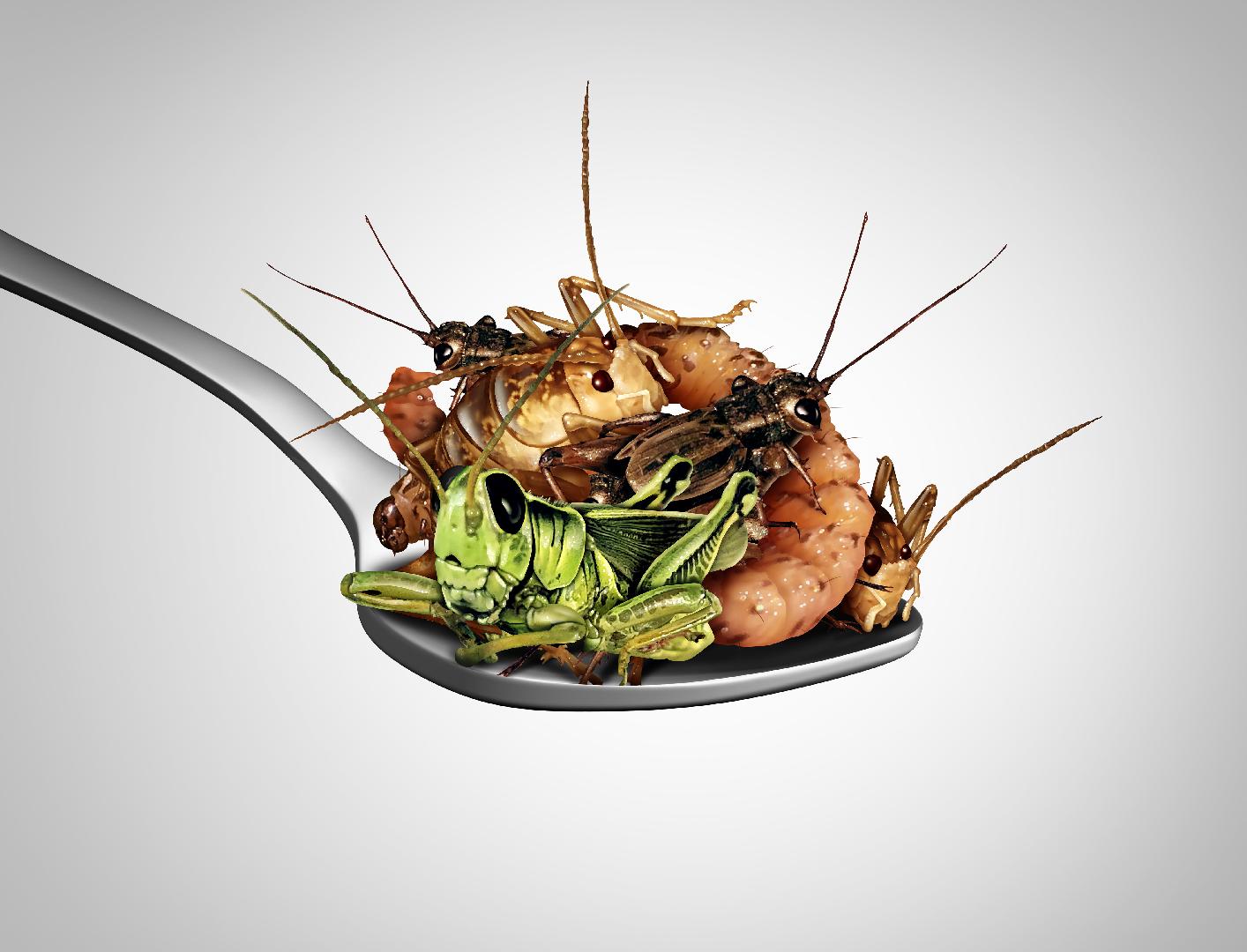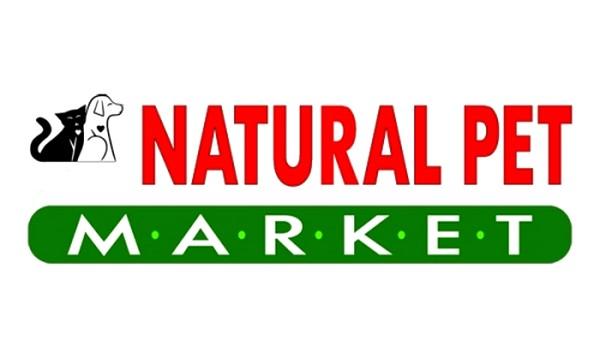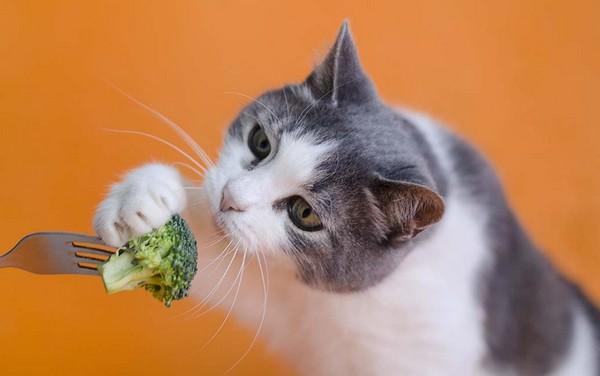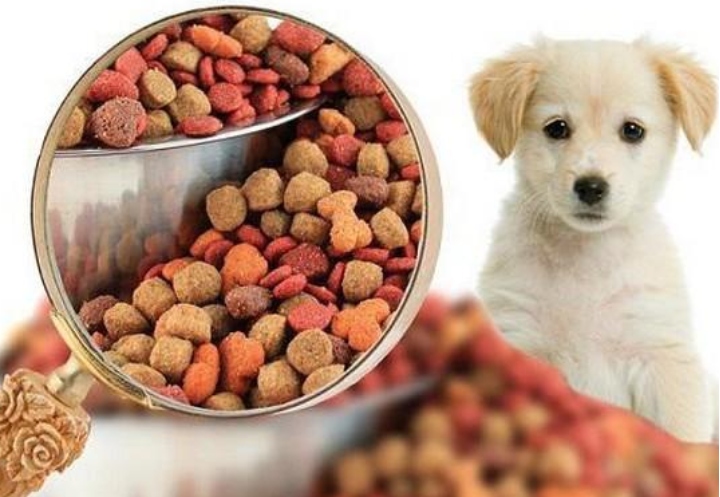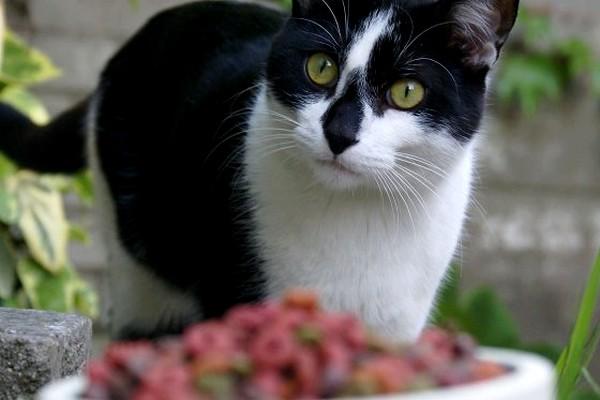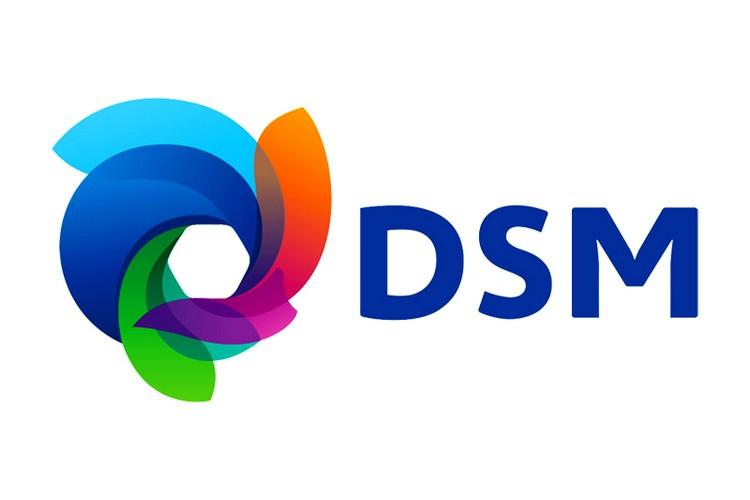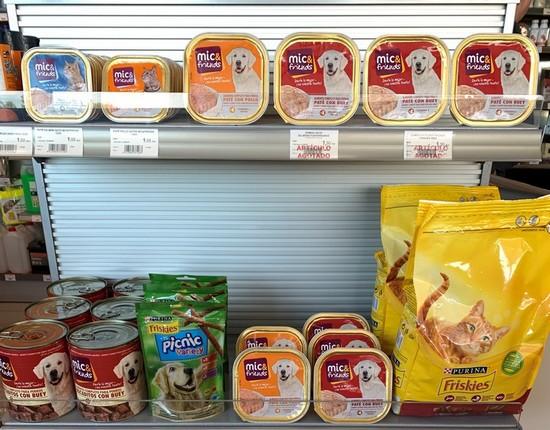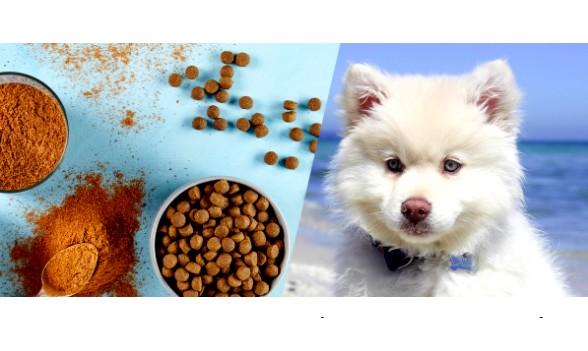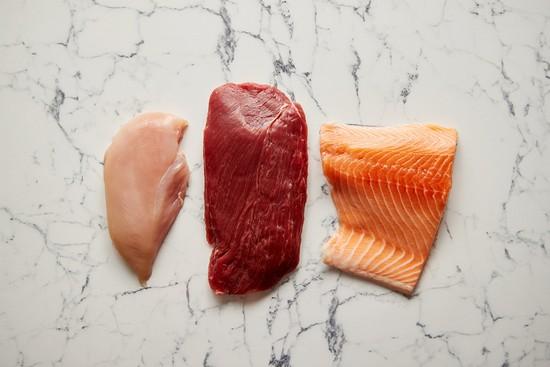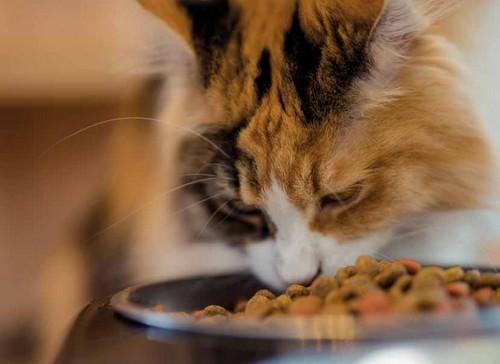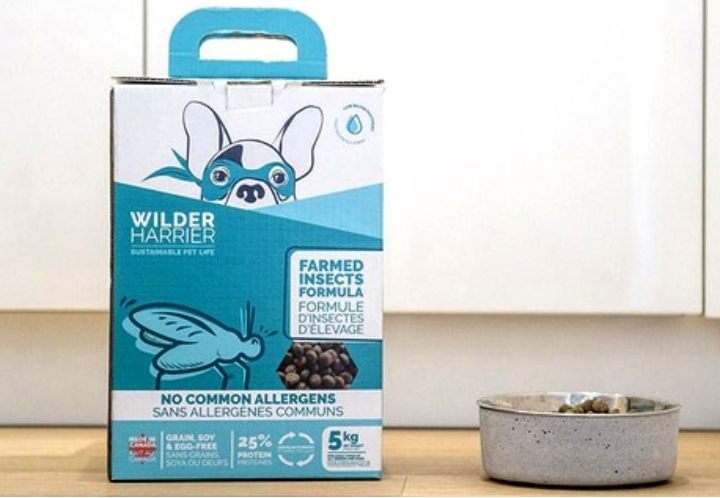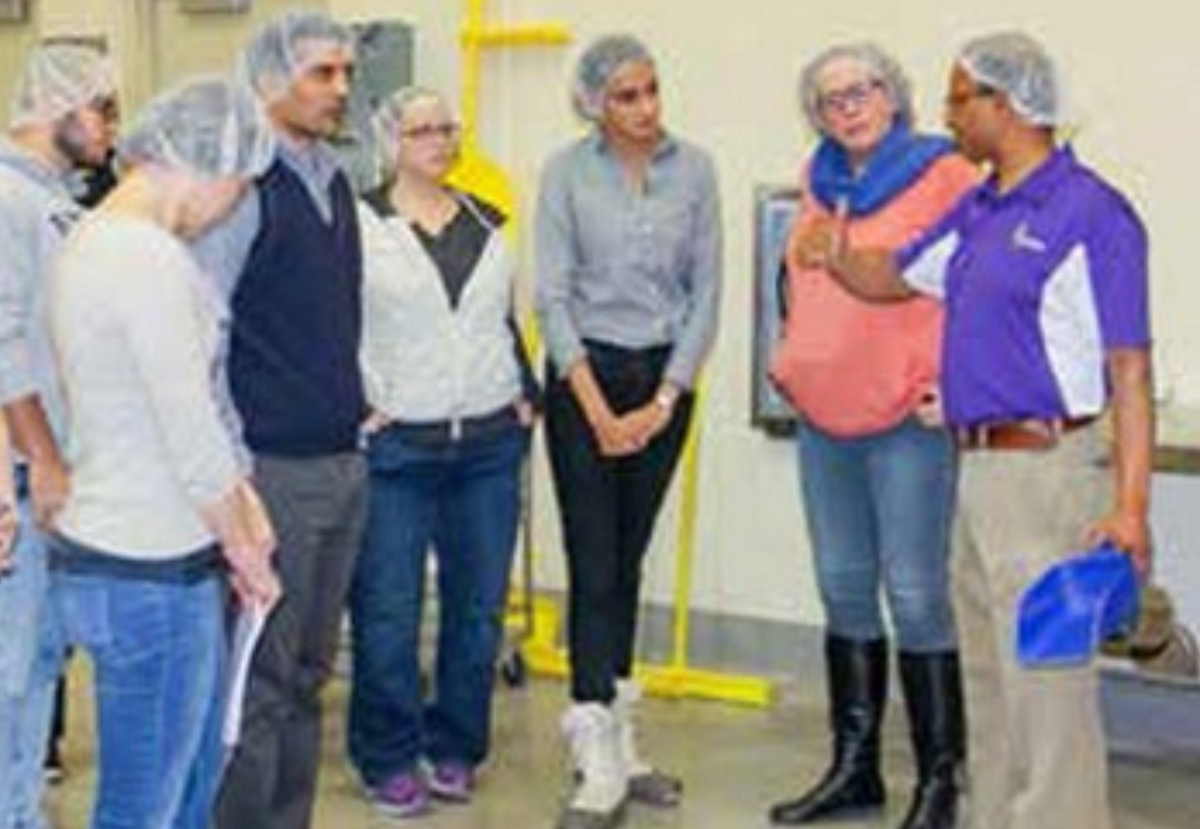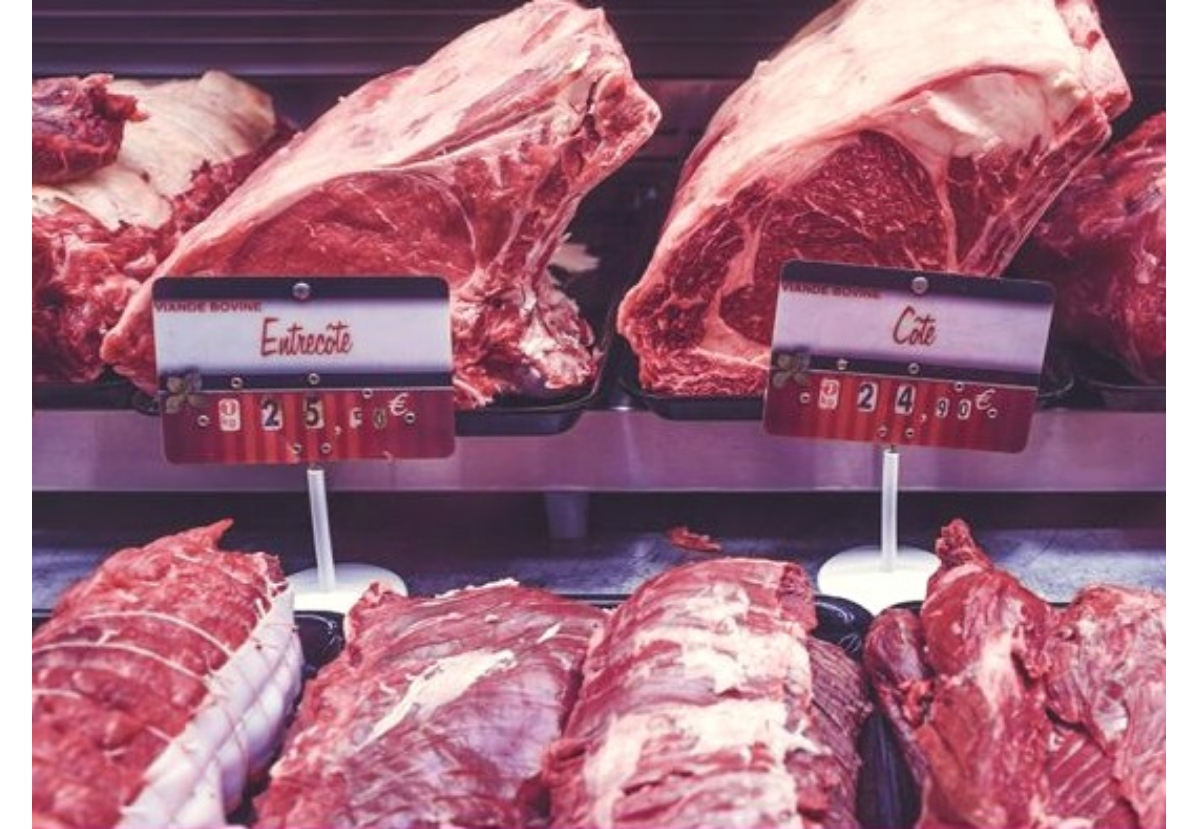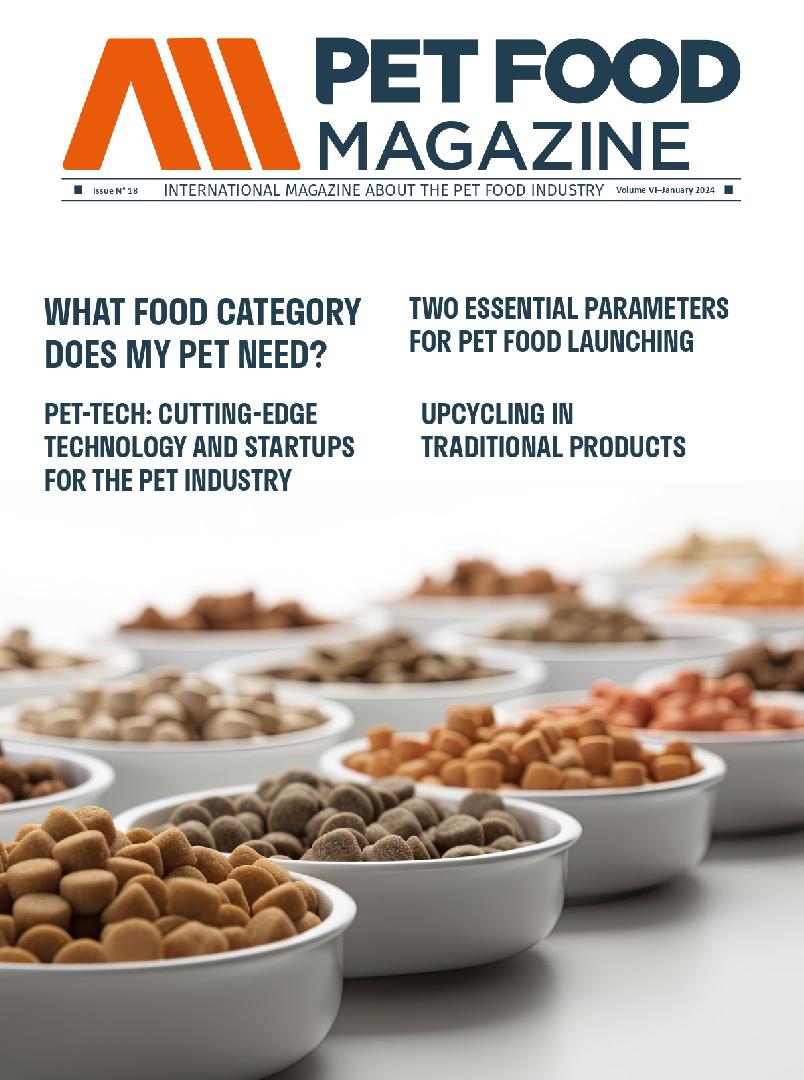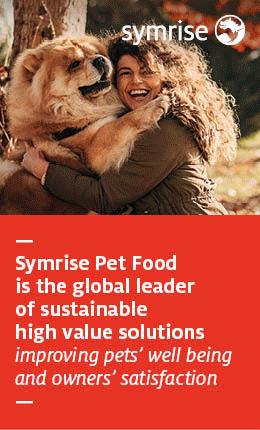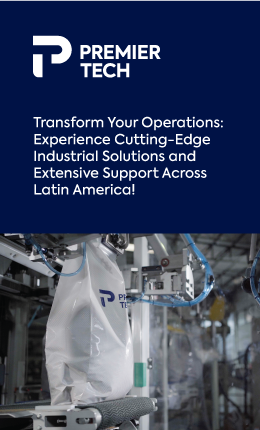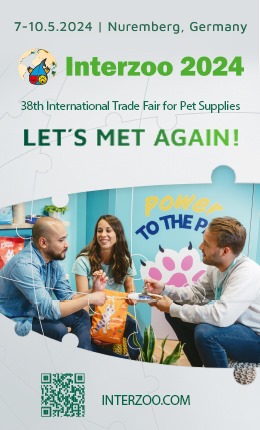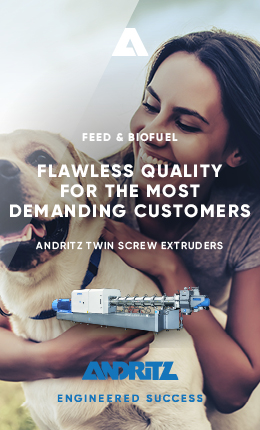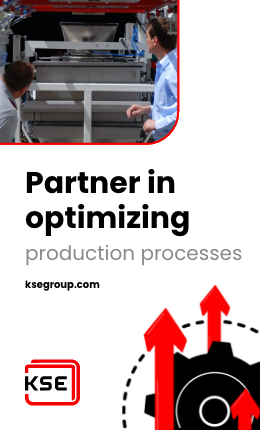
8+ MIN
17/05/2022
Food supplements in pet food: An example in dogs with essential oils and melatonin as functional ingredients
The word nutraceutical mixes the terms "nutrient" and "pharmaceutical." It was coined by Stephen DeFelice in 1995, who defined nutraceuticals as "foods (or part of a food) that provide health benefits, including prevention or treatment of a disease." Today, the term "nutraceutical" applies to a wide range of products, such as food and dietary supplements, botanicals, specific processed foods (functional foods), and isolated nutrients.
The European Nutraceutical Association defines nutraceuticals as substances that differ from pharmaceuticals being "synthetic substances or chemical compounds formulated for specific health indications." The terms "food and dietary supplements" and "functional foods" are used without distinction as synonyms, although there are substantial differences between them that are not always obvious. On the one hand, food supplements contain nutrients derived from food products commonly concentrated in capsule, powder, liquid, or tablet forms. On the other hand, functional foods contain the nutrients necessary for survival, while nutraceuticals are complementary to the diet; they also help in disease prevention and health dysfunctions.
There are numerous classifications of nutraceuticals, functional foods, and food and dietary supplements. Previously, they were classified as potential or established nutraceuticals based on food material and nutrients or concerning their positive effects on health. Their classification is mostly based on the chemical components or active ingredients. During the last couple of years, we have seen many new nutraceuticals. This resulted in a long nutraceutical list whose active ingredients are as diverse as surprising. It includes: phenolic compounds (i.e., flavonoids, anthocyanins, resveratrol), organic acids (vitamin C), tocopherols (vitamin E), carotenoids (provitamin A), anthraquinones, isoprenoids, alkaloids, isothiocyanates, and mono and polyunsaturated fatty acids (MUFAs, PUFA), among others.
A particular type is prebiotic and probiotic products. Consumers in the United States, Canada, Europe, and Japan show great acceptance of these products and easily pay the high prices that most of them command. Perhaps, for companies producing nutraceuticals, the potential nutritional interest is dwarfed by the prospective market value that reached US$250 billion in 2018. In general, plant-based nutraceuticals tend to be better accepted by consumers than others, as they come from vegetal sources. In this sense, nutrition-based health throughout human history can be explained by Prof. Rowe's humorous comment:
2000 B.C.—Here, eat this root.
A.D. 1000—That root is pagan. Now say this prayer.
A.D. 1850—That prayer is superstition. Now, drink this potion.
1940 A.D.—That potion is poisonous. Now take this pill.
1985 A.D.—That pill is ineffective, take this antibiotic.
2000 A.D.—That antibiotic is not natural, better eat this root.
By synergy, nutrition in pet food has been conquered by nutraceuticals and functional foods as well, constituting a category of products booming in the sector. Pet food companies are considerably increasing the incorporation of functional foods in the diets of companion animals, complementing the offer of conventional products (Ruiz-Cano, Sánchez, & Arnao, 2022). The global market for functional pet foods, including organic foods, reached a value of US$ 1,955 million in 2020 and is estimated to reach US$ 4,676 million in 2030, forecasting a growth of 8.8% in that period.
Within this market, the dog segment accounted for 69% in 2019, representing approximately 50% of the global functional pet food market in 2020. This trend is expected to continue over the forecast period (Kamble and Deshmukh, 2021). Generally, veterinary professionals agree with the use of functional foods, as long as their recommendation has scientific data support for the safety and efficacy of these new products (Ruiz-Cano, Sánchez, and Arnao, 2022).
There are many types of ingredients that constitute the new functional foods. Thus, the classics such as minerals, vitamins, fibers, various polysaccharides, mono- and poly-unsaturated fatty acids, etc., have been joined by others, which alone or in combination, are presented as novelties or even as "foods or ingredients miracle." In the pet food sector, we can mention novel compounds such as:
1) Polyphenols (flavones and isoflavones, flavonols and flavonoids, anthocyanins and pro-anthocyanidins); simple phenols such as phenolic acids and their alcoholic derivatives, ellagic acids, coumarins, stilbenes such as resveratrol, colorants such as betalains (betacyanins and betaxanthins) and curcuminoids, very topical, with wide and varied applications in health.
2) Aliphatic, aromatic and indolic glucosinolates, and their hydrolysis products, isothiocyanates, where their role as anti-oncogenic substances stands out.
3) Terpenoids, one of the most traditional in their use, are the carotenoids, although several xanthophylls with excellent characteristics have been added to the classic carotenes (α- and β-carotene, lycopene). Another group of terpenoids with growing applications are essential oils, composed of mono-, di- and sesquiterpenes, as well as various phenolic compounds. Aspects such as its enormous diversity, ethnopharmacological background, and progressive scientific study are opening up multiple applications as functional ingredients with a promising future. Triterpene saponins such as squalene and others have attractive applications as hypocholesterolemic and anti-inflammatory.
4) Alkaloids used pharmacologically for their psycho-and neurophysiological properties, which have been recently revisited with extensive studies (capsaicin, piperine, barbaloin, hypericin, etc.), are also the case of anthraquinones, studied for their antibacterial properties, among others.
The key source of these compounds are various plants, constituting a great and diverse store of functional ingredients with enormous prospects for application in nutrition and health. With increasing momentum, large companies are chartering expeditions of scientists in search of novel plant ingredients, especially in Asian countries. Lately, other sources provide interesting ingredients and functionalities, such as microalgae. In this case, counting to its excellent qualitative and quantitative protein and fatty acid content, a mineral and vitamin content is added that is difficult to surpass by other sources. In addition, its good relationship between production costs and yields makes it possible to boast increasingly affordable prices. One of the most novel sources of ingredients is that of insects. Even though nutritionally speaking, they are high-quality biological materials, especially for their protein, it is difficult to think that their limited production can cover the sector's needs.
Among the functional properties of these ingredients with interest for the pet food sector, we can point out, from general actions with non-specific benefits for health such as healthy, energetic, invigorating, restorative, anti-aging, etc., to more or less specific impacts such as anti-: bacterial, fungal, viral, parasitic; ingredients with regulatory activities of metabolic functions such as those related to cholesterol, triglycerides, glucose, ureides, etc.; we can also mention the ingredients against pain, nausea, dizziness, hypertension, vasodilators, etc.; those with organic activity such as hepato-protectors, protectors of the renal, urinary, coronary, pulmonary, arterial, gastrointestinal, oral, nasal, etc.; without forgetting those aimed at mood and sleep such as antidepressants, relaxants and sedatives, and finally, those with an activating capacity of the immune system and anti-cancer and anti-aging, which means a whole arsenal of natural compounds to improve against health dysfunctions in our pets.
We must not forget they are not drugs and, therefore, only adequate and generally continued use could - presumably - alleviate specific minor dysfunctions. For example, increased intake of certain functional ingredients (vitamin D, omega-3 PUFA, phytogenics such as some essential oils and tea catechins) affects positively immune function, improving defenses and reducing the risk of infection (Bobeck, 2020).
Next, we are focusing on the development of a range of food supplements for dogs. In this case, a preliminary study was carried out on those aspects related to the health of animals that could be improved or alleviated with functional ingredients. In this range, aspects such as oral hygiene, fur, gastrointestinal, liver, and kidney problems; muscle and joint performance aids; aging and stress problems, remedies against fear, and some more were addressed. In this work, we will focus on exposing four of the food supplements developed, with health objectives in joint health (Joint), intestinal health (Intestinal Parasite), fur health (Skin & Hair), and nervous health (Relaxing-Anti- stress).
These products complement an adequate diet for the dog since they do not provide fundamental nutritional constituents, so the easiest and most controlled way of supplying the product was thought of. Due to the nature of the functional ingredients selected, a common denominator based on high-quality salmon oil was chosen. Salmon oil, considered a nutraceutical of great interest (thanks to its anti-arteriosclerotic and anti-inflammatory qualities), has multiple health benefits for pets, such as: atopic dermatitis, musculoskeletal system, osteoarthritis, joint health, gastrointestinal tract, cognitive function, neurological health, and behavioral disorders (aggressiveness) among others. Thus, it can be used as a base material to formulate the rest of the functional ingredients.
Table 1. Packaging and formulation of food supplements for dogs.
Table 1 shows the functional ingredients used in the mentioned food supplements development. Essential oils used since ancient times present enormous baggage of historical and ethnographic knowledge (Baser and Buchbauer, 2015). Our experience and studies have allowed us to design appropriate formulations for each of the health objectives previously set. Stability and dosage studies (considering the synergistic interactions found) present each essential oil used (and their integration as a whole) as unique and specific supplements. The excellent antioxidant properties of essential oils come to complement that of other ingredients such as tocopherols and carotenoids, all of natural origin and perfectly integrated into salmon oil.
The other functional ingredient used in these food supplements is melatonin. This natural compound has numerous excellent beneficial properties for animal health (Arnao and Hernández-Ruiz, 2018). Although there are few studies on pets, this molecule is one of the most studied in animal and human models. In our case, melatonin is incorporated as a functional ingredient under two aspects: as a regenerating agent of hair follicles, also used in treatments for seasonal (cyclical) alopecia of the flanks, and as an anti-stress and sedative agent against episodes of fear, anxiety, and nervousness that some dogs suffer; also in sleep disorders in elderly dogs. In addition, melatonin has excellent antioxidant properties, which reinforces the actions of essential oils, contributing to the stability of the whole.
The food supplement is added to the food ratio indicated according to the dog weight (from 0 to >48 kg corresponding to a proportional amount of product between 4 and 16 ml). The functional ingredients used (terpenoids, polyphenols, tocopherols, carotenoids, EPA and DHA, and melatonin) contribute to the diet gradually improving the well-being of dogs due to their positive effects. Excellent palatability and subsequent acceptance of the developed products by animals have been verified, without causing adverse or secondary reactions in dogs, due to the balance between its components.
Doctor Domingo Ruiz-Cano / R & D Department of Alinatur Pet Food, S.L., Lorca, 30817-Murcia, Spain.
Author for correspondence: [email protected]
Mr. Ginés Sánchez Carrasco / Department of Production of Alinatur Pet Food, S.L., Lorca, 30817-Murcia, Spain.
Professor Marino B. Arnao / Department of Vegetable Biology (Plant Physiology), University of Murcia, 30100-Murcia, Spain. [email protected]
BIBLIOGRAPHY
1. Kamble, A., Deshmukh, R. (2021). Global functional pet food market. Allied Market Research, https://www.alliedmarketresearch.com/functional-pet-food-market-A11855
2. Ruiz-Cano, D., Sánchez, G., & Arnao, M.B. (2022). Current vision of functional foods in the diet of cats and dogs. International magazine about pet food industry, edition nº 10, volume IV.
3. Bobeck, E.A. (2020). Nutrition and health: companion animal applications: Functional nutrition in livestock and companion animals to modulate the immune response. Journal of Animal Science, 1, 98: skaa035.
4. Baser, K.H.C., Buchbauer, G. (2015). Essential Oils Used in Veterinary Medicine. In: Handbook of Essential Oils; CRC Press, NY. ISBN 978-0-429-15566-6.
5. Arnao, M.B.; Hernandez-Ruiz, J. (2018). Phytomelatonin, Natural Melatonin from Plants as a Novel Dietary Supplement: Sources, Activities and World Market. Journal of Functional Foods, 48, 37–42.
Fuente: Alinatur
